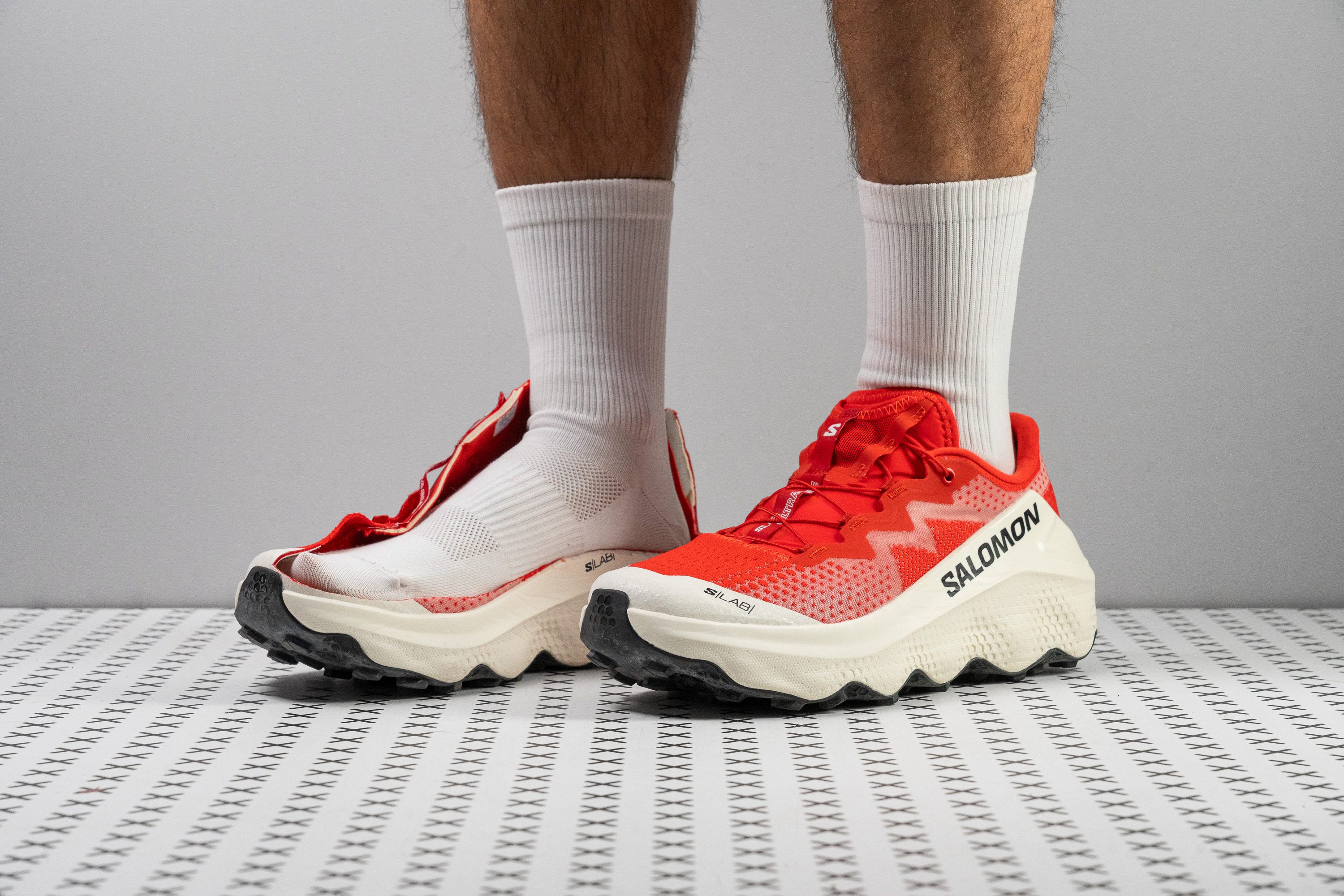Nuestra conclusión
Pros
- Muy buena amortiguación para los corredores de mediopié y de metatarsos
- Estabilidad general excelente
- Duraderas del upper a la suela
- Sistema Quicklace rápido y muy conveniente
- Cierre seguro y de alta calidad
- Rocker en el antepié
- Llenas de características de las S/Lab
- La mediasuela no es muy ancha para que sean altísimas
- Tienen una estética muy chula
Contras
- Retorno de energía bajo que hace que el rendimiento sea peor
- Bastante pesadas
- Caras
- Parte delantera apretada
Veredicto de los usuarios
Comparativa
Las zapatillas de running más parecidas
+ + Añadir unas zapatillas | |||||
|---|---|---|---|---|---|
| Puntuación global | 76 Aceptables | 88 Notables | 85 Buenas | 88 Notables | |
| Precio | 250 € | 180 € | 165 € | 180 € | |
| Terreno de trail | SencilloModerado | Sencillo | Sencillo | ModeradoTécnico | |
| Absorción de impactos | Moderada | Moderada | Moderada | Moderada | |
| Retorno de energía | Bajo | Moderado | Bajo | Moderado | |
| Tracción | Alta | Alta | - | - | |
| Arch support | Neutral | Neutral | Neutral | Neutral | |
| Peso laboratorio Peso marca | 10.8 oz / 305g 10.2 oz / 290g | 11 oz / 312g 0.2 oz / 5g | 10.1 oz / 286g 10.1 oz / 285g | 10.3 oz / 293g 10.4 oz / 295g | |
| Drop laboratorio Drop marca | 7.2 mm 6.0 mm | 6.1 mm 5.0 mm | 6.6 mm 5.0 mm | 7.2 mm 4.0 mm | |
| Técnica de carrera | Medio/antepié | Medio/antepié | Medio/antepié | Medio/antepié | |
| Talla | - | Media talla más pequeñas | Tallan bien | Tallan bien | |
| Rigidez de la mediasuela | Equilibrada | Equilibrada | Blanda | Blanda | |
| Diferencia de la rigidez de la mediasuela en frío | Pequeña | Pequeña | Pequeña | Normal | |
| Durabilidad de la parte delantera | Buena | Decente | Mala | Buena | |
| Durabilidad del acolchado del talón | Alta | Alta | Media | Alta | |
| Durabilidad de la suela exterior | Buena | Decente | Buena | Buena | |
| Transpirabilidad | Baja | Media | Media | Media | |
| Anchura / ajuste | Estrecha | Media | Ancha | Media | |
| Anchura de la parte delantera | Media | Media | Ancha | Estrecha | |
| Flexibilidad | Rígida | Rígida | Moderada | Moderada | |
| Rigidez torsional | Rígidas | Rígidas | Moderadas | Rígidas | |
| Rigidez del contrafuerte del talón | Moderado | Rígido | Flexible | Flexible | |
| Profundidad del dibujo de la suela | 3.2 mm | 3.1 mm | 3.2 mm | 3.9 mm | |
| Altura de la suela en la zona del talón laboratorio Altura de la suela en la zona del talón marca | 41.0 mm 41.0 mm | 39.3 mm 41.0 mm | 35.1 mm 35.0 mm | 38.0 mm 33.0 mm | |
| Antepié laboratorio Antepié marca | 33.8 mm 35.0 mm | 33.2 mm 36.0 mm | 28.5 mm 30.0 mm | 30.8 mm 29.0 mm | |
| Anchuras disponibles | Estándar | Estándar | EstándarAncho | Estándar | |
| Estación | Todas las estaciones | Todas las estaciones | Todas las estaciones | Todas las estaciones | |
| Removable insole | ✓ | ✓ | ✓ | ✓ | |
| Orthotic friendly | ✓ | ✓ | ✓ | ✓ | |
| Clasificación | #340 8% inferior | #137 Top 38% | #216 41% inferior | #129 Top 35% | |
| Popularidad | #353 4% inferior | #110 Top 30% | #150 Top 41% | #83 Top 23% |
Who should buy
We consider the Salomon S/Lab Ultra Glide a top choice for:
- Owners of the Ultra Glide 2 looking for the next step and willing to pay extra for the S/Lab treatment.
- Midfoot and forefoot strikers seeking a premium ultra-distance shoe, especially for cooler conditions.
- Runners wanting a maximalist trail shoe that maintains compact proportions while offering impressive stability without feeling bulky.
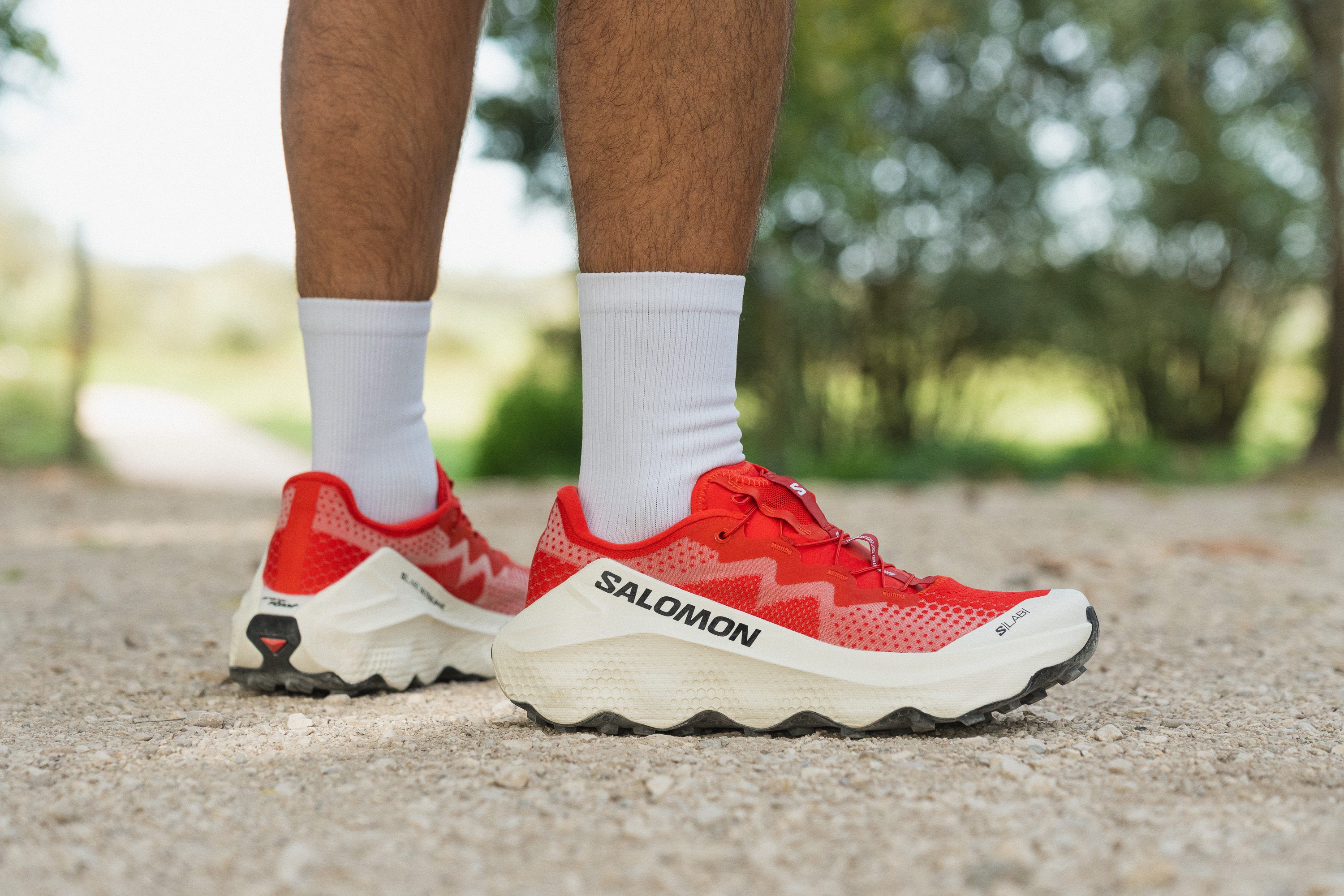
Who should NOT buy
We proved in the lab that the S/Lab Ultra Glide 2 isn’t the best option for runners seeking a high-performance shoe. Based on our findings, its dual-foam midsole delivers only average energy return, and it's well below what we expect from a shoe at this premium price. If you’re chasing an explosive ride for racing, we recommend the Hoka Tecton X 3 or the Kailas Fuga EX Pro instead.
Additionally, we believe that the Ultra Glide 2’s price tag is hard to justify given its limited performance gains. From our perspective, there are better long-distance options that cost less and still feel ultra-smooth and stable—like the Nike Zegama 2 or the ASICS Trabuco Max 4.
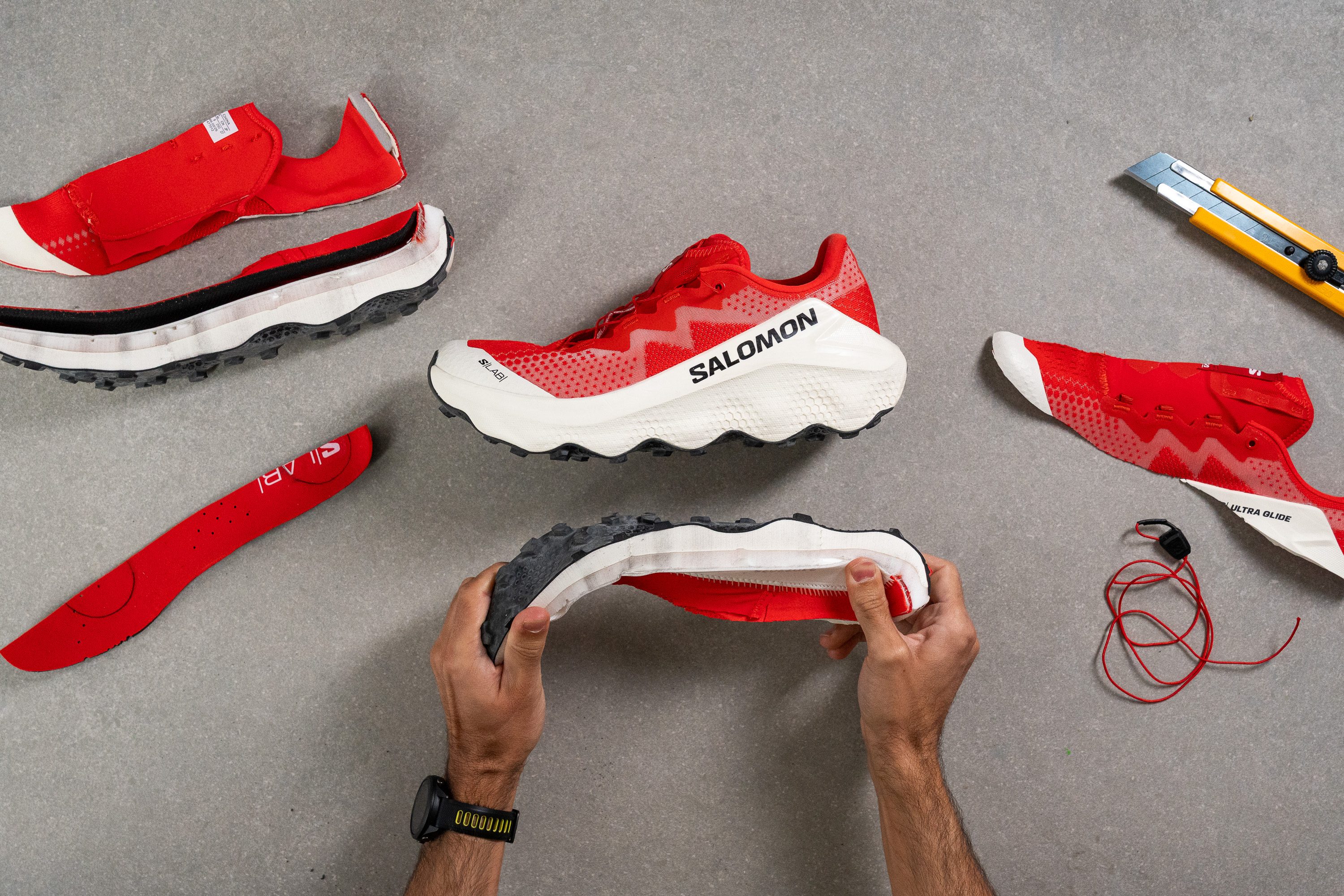
Amortiguación
Shock absorption
We tested the S/Lab Ultra Glide and found it to be Salomon’s most cushioned shoe yet inside the S/Lab series. The shoe delivers generous underfoot foam with an unusual midsole design, offering nearly identical shock absorption in both heel and forefoot: 128 SA and 127 SA.
This setup makes it especially suitable for midfoot and forefoot strikers seeking a plush, long-distance-ready ride. On the other hand, heel strikers can expect cushioning and protection comparable to most trail shoes currently on the market.
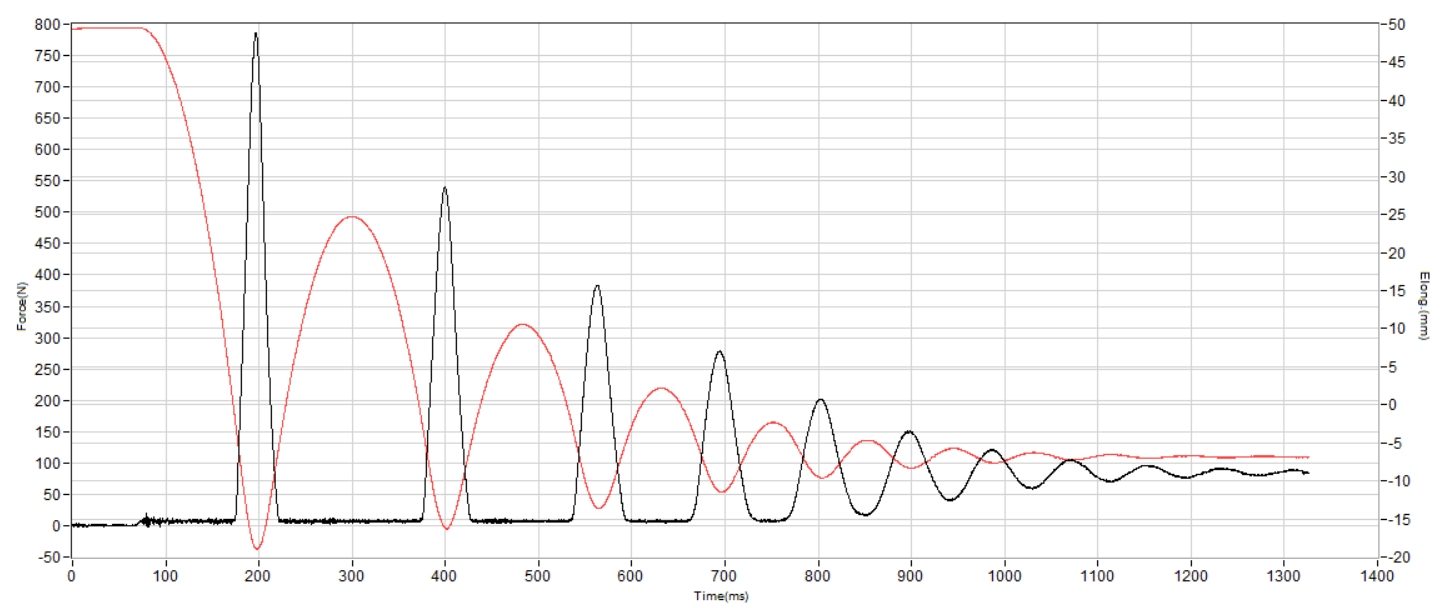
| S/Lab Ultra Glide | 128 SA |
| Media | 122 SA |
Energy return
While shock absorption is adequate for a shoe built mainly for ultra-distance races, we found that energy return tells a different story. Our lab results showed 54.5% in the heel and 59.8% in the forefoot, both hovering around the average yet far away from top-performing trail shoes.
From our testing, we believe a premium-priced model like this should rely entirely on a premium foam such as PEBA or A-TPU. Unfortunately, that’s not the case here, leaving the ride feeling flat instead of bouncy.
| S/Lab Ultra Glide | 54.5% |
| Media | 55.6% |
Altura de la suela en la zona del talón
The heel stack of the S/Lab Ultra Glide truly lives up to its name and long-distance focus, delivering a substantial 41.0 mm of cushioning for extended comfort on ultra races.
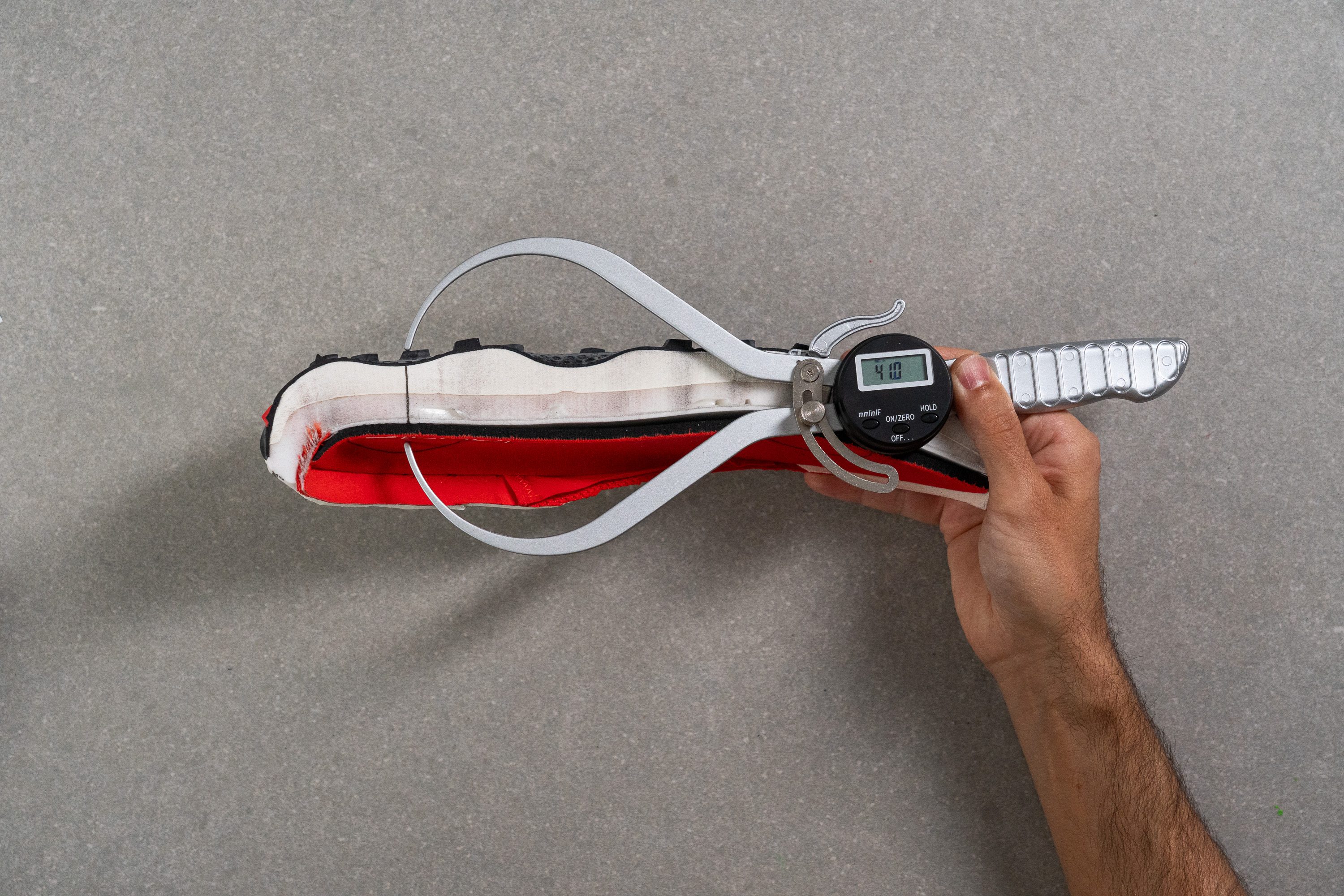
| S/Lab Ultra Glide | 41.0 mm |
| Media | 32.6 mm |
Altura de la suela en el antepié
The forefoot also easily exceeds the average with 33.8 mm of foam, providing a deep, cushioned platform. This explains the shoe’s impressive shock absorption in this area and makes it a compelling option for forefoot strikers.
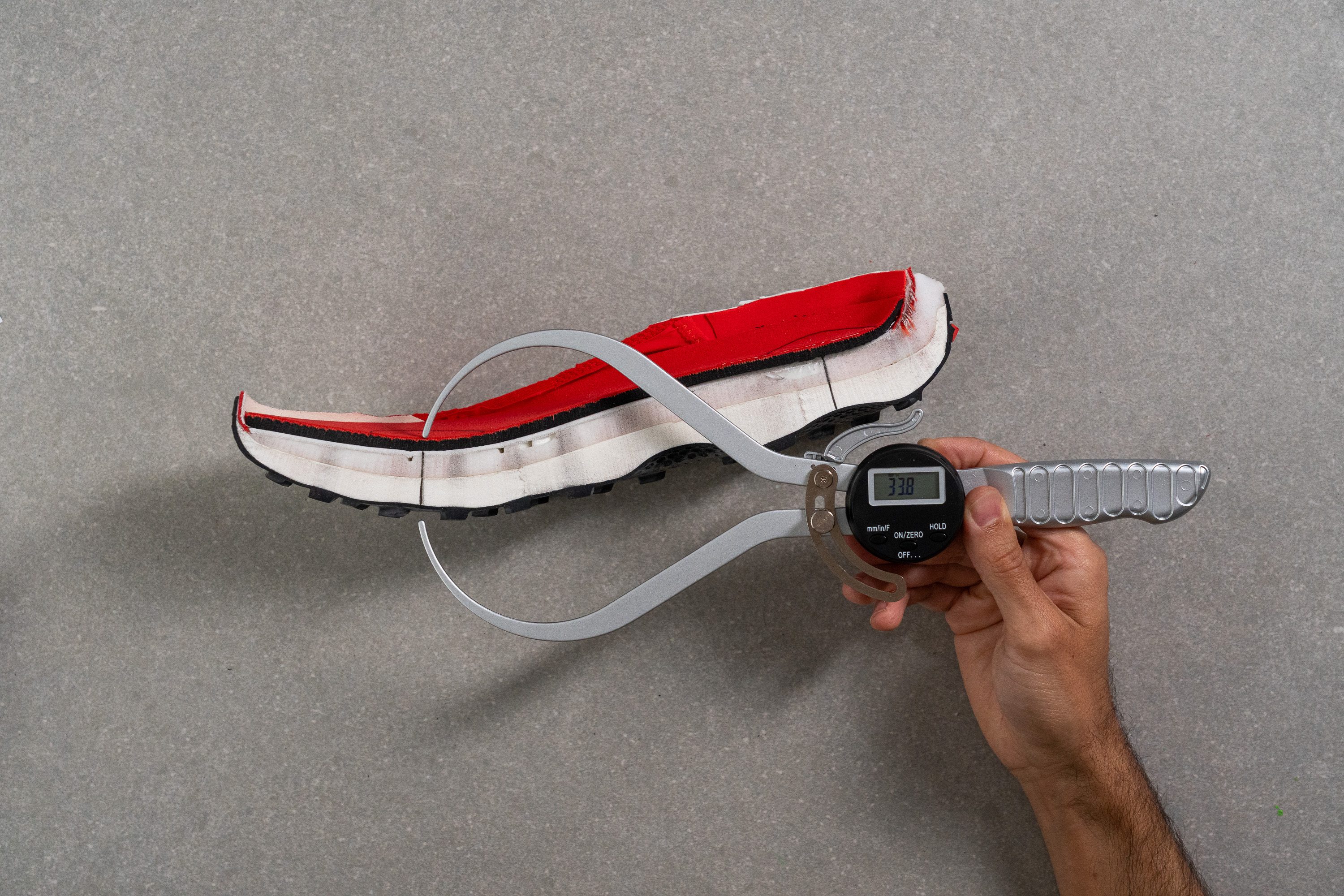
| S/Lab Ultra Glide | 33.8 mm |
| Media | 25.1 mm |
Drop
Salomon lists the Ultra Glide with a 6-mm drop, but our measurements showed 7.2 mm.
The 1.2-mm difference is negligible, and on the run, it feels perfect for those who prefer moderate drops between 5 and 8 mm—avoiding the overly steep ones that, for many of us, struggle on trails.
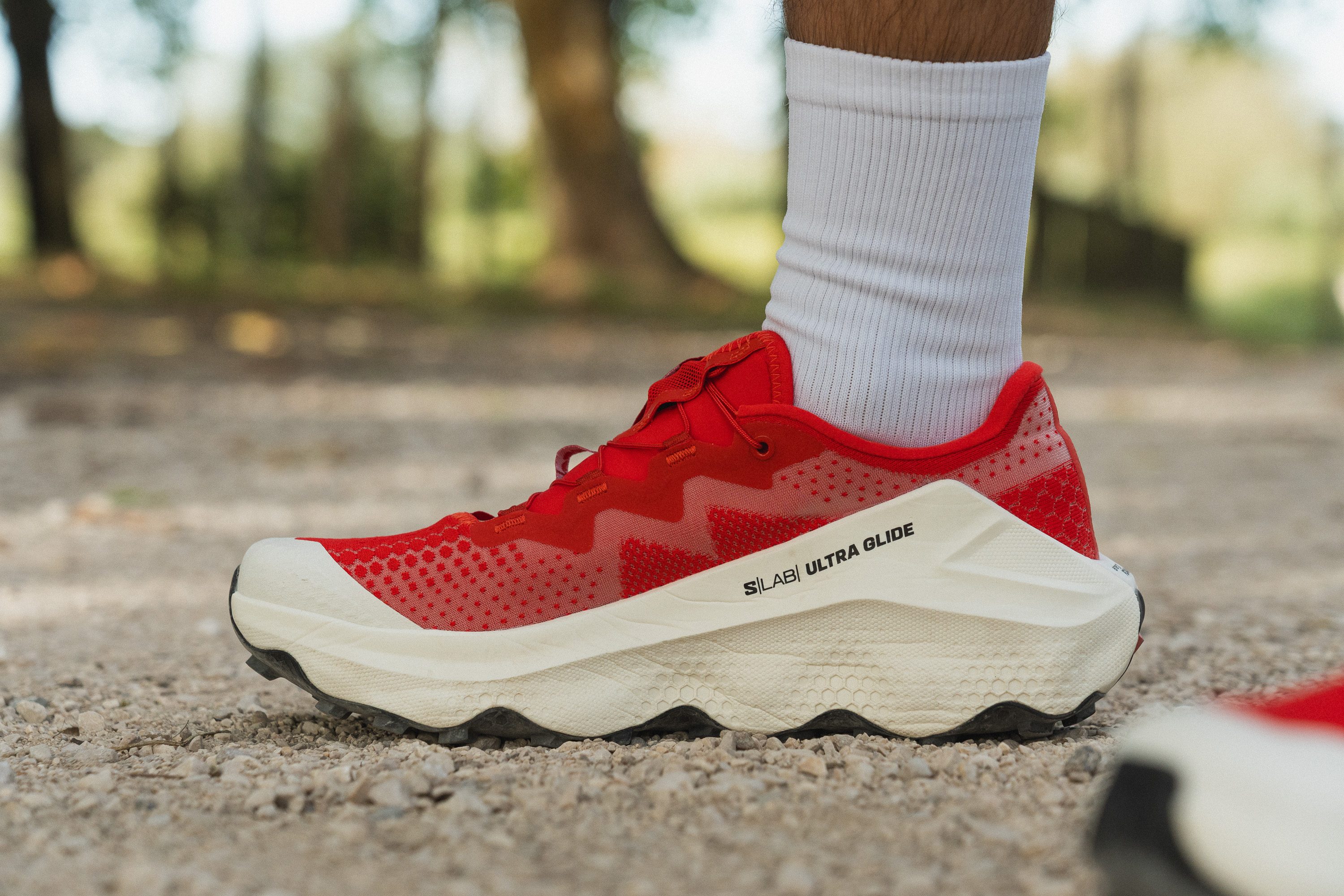
| S/Lab Ultra Glide | 7.2 mm |
| Media | 7.6 mm |
Suavidad de la mediasuela
We discovered that the Salomon S/Lab Ultra Glide uses a dual-foam setup combining a standard EVA foam with low energy return and a PEBA-based layer that’s meant to enhance responsiveness.
The main layer is an EVA-based compound that sits closer to the ground and registered a moderate 22.0 HA in our lab tests. Named Energy Foam, it provides good stability and durability, yet for such a high-priced shoe built to race, the trade-off in energy return feels noticeably high.
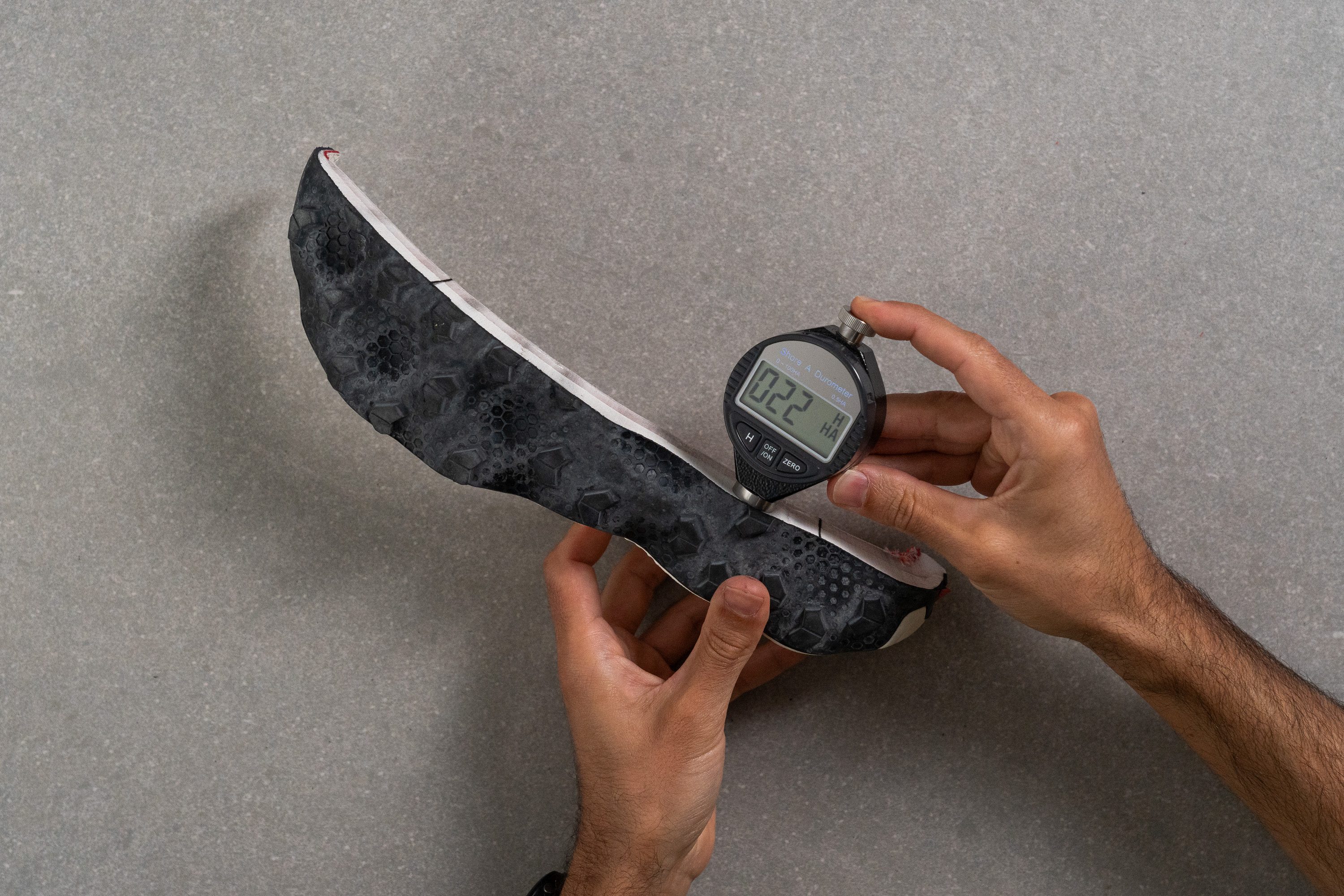
| S/Lab Ultra Glide | 22.0 HA |
| Media | 21.9 HA |
Suavidad de la espuma secundaria
The secondary layer (Energy Foam+) goes on top of the EVA foam and uses PEBA foam, which felt super plush in our tests and got just 12.5 HA on the Shore A durometer.
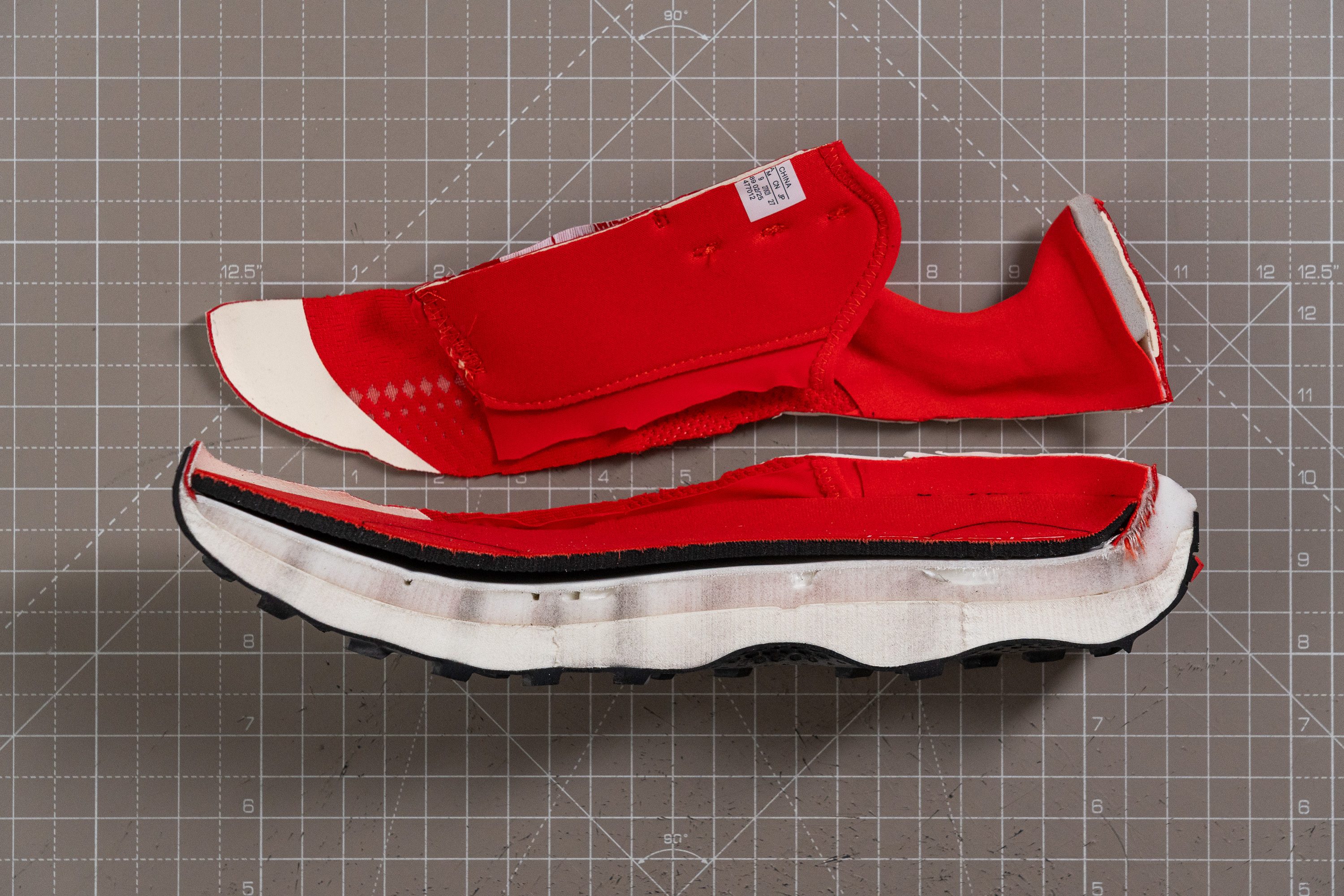
It’s also far more responsive than the primary foam, and we couldn’t help but imagine how outstanding this shoe would be if it featured a full PEBA midsole. However, the uncommon design with those massive sidewalls that extend toward the ankle wouldn’t work well with this PEBA foam due to manufacturing challenges and durability concerns.
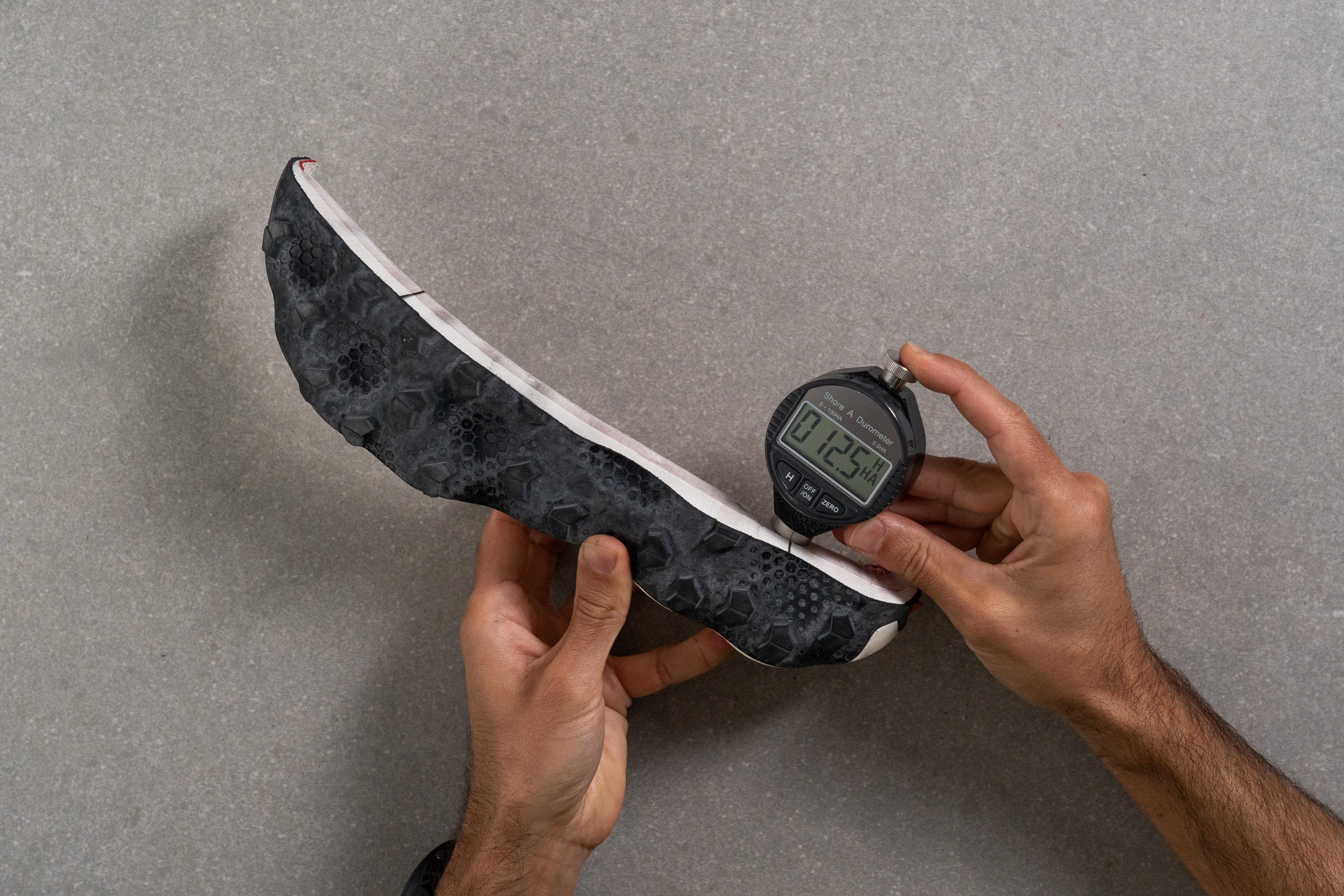
| S/Lab Ultra Glide | 12.5 HA |
| Media | 25.5 HA |
Rocker
The rocker design in the Ultra Glide is noticeably more pronounced in both the forefoot and heel areas than in other S/Lab shoes. This exaggerated curvature in the forefoot and heel helps counterbalance the maximalist stack height, ensuring smoother transitions and maintaining a natural, rolling stride despite the added foam thickness underfoot.
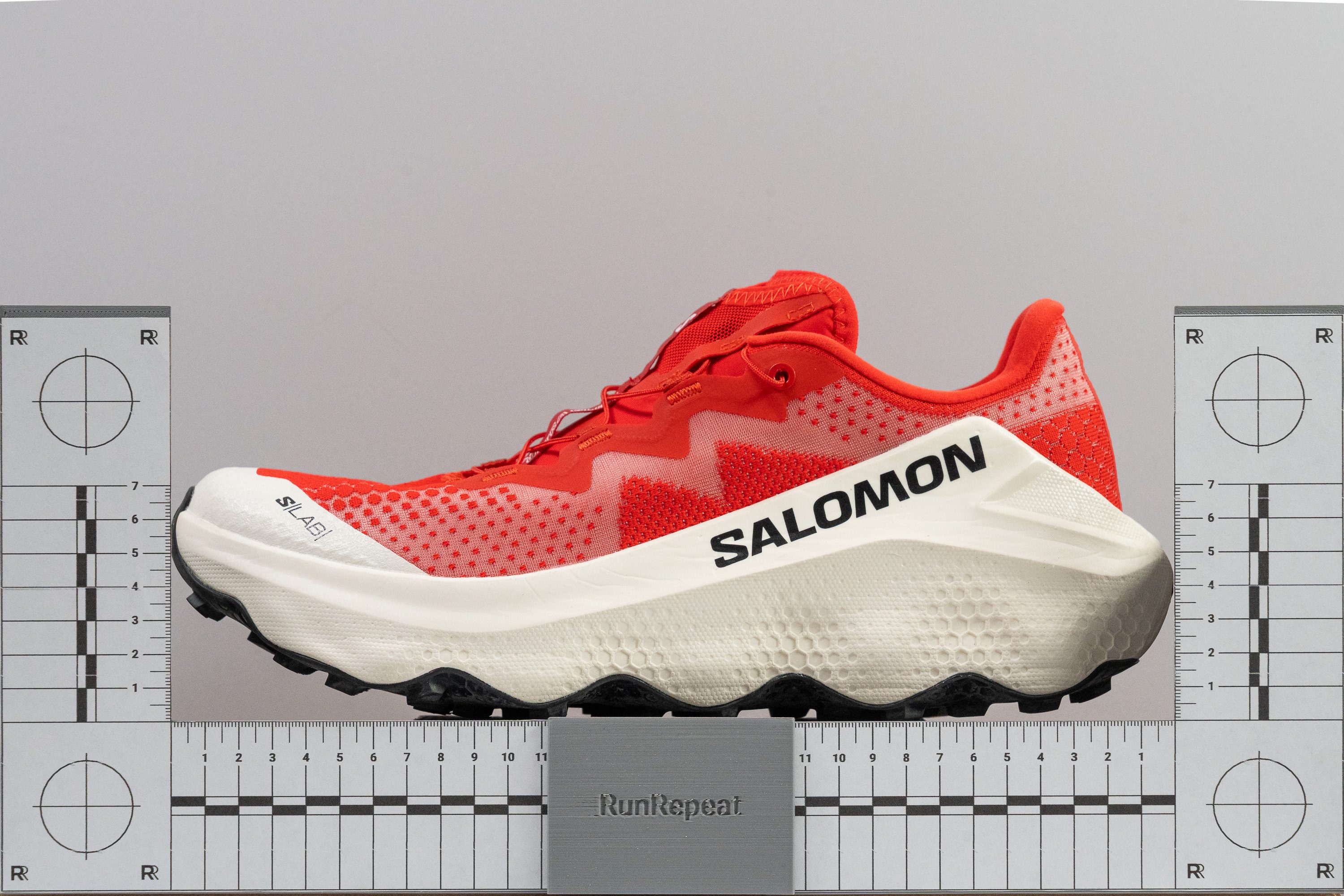
Tallaje y ajuste
Talla
Anchura / Ajuste
In the past, buying an S/Lab shoe usually meant dealing with a tight, narrow shoe that was perfect only for those with slim feet. While Salomon has recently moved toward slightly roomier designs, that’s not always the case.
To verify, we created an interior replica of the shoe and measured 92.6 mm of width, confirming that the S/Lab Ultra Glide sticks to the snug-fitting formula once again.
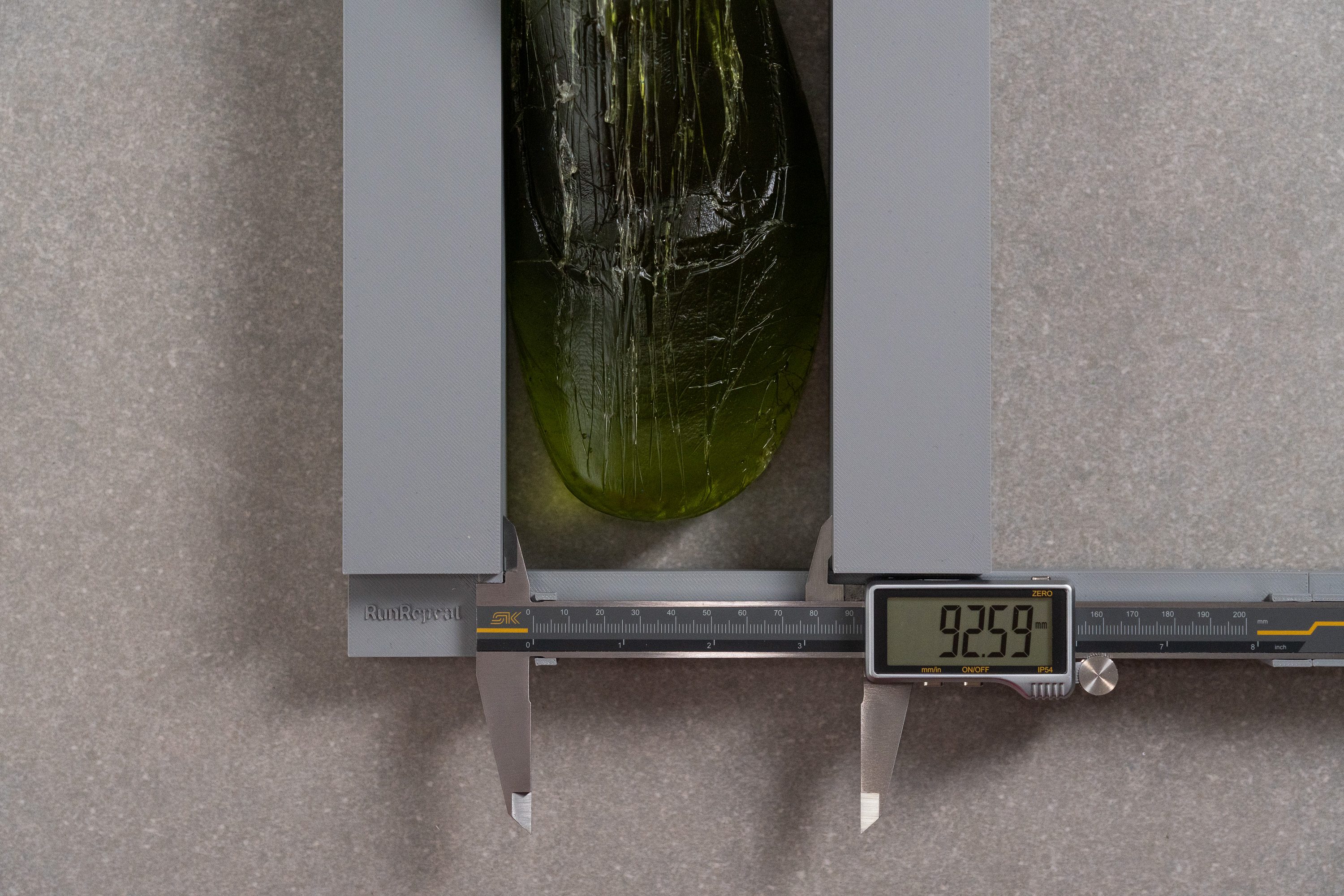
| S/Lab Ultra Glide | 92.6 mm |
| Media | 95.6 mm |
Anchura de la parte delantera
Our second measurement in the toebox showed a similar trend, with 72.4 mm of width. This is once again below average, though not crazy tight.
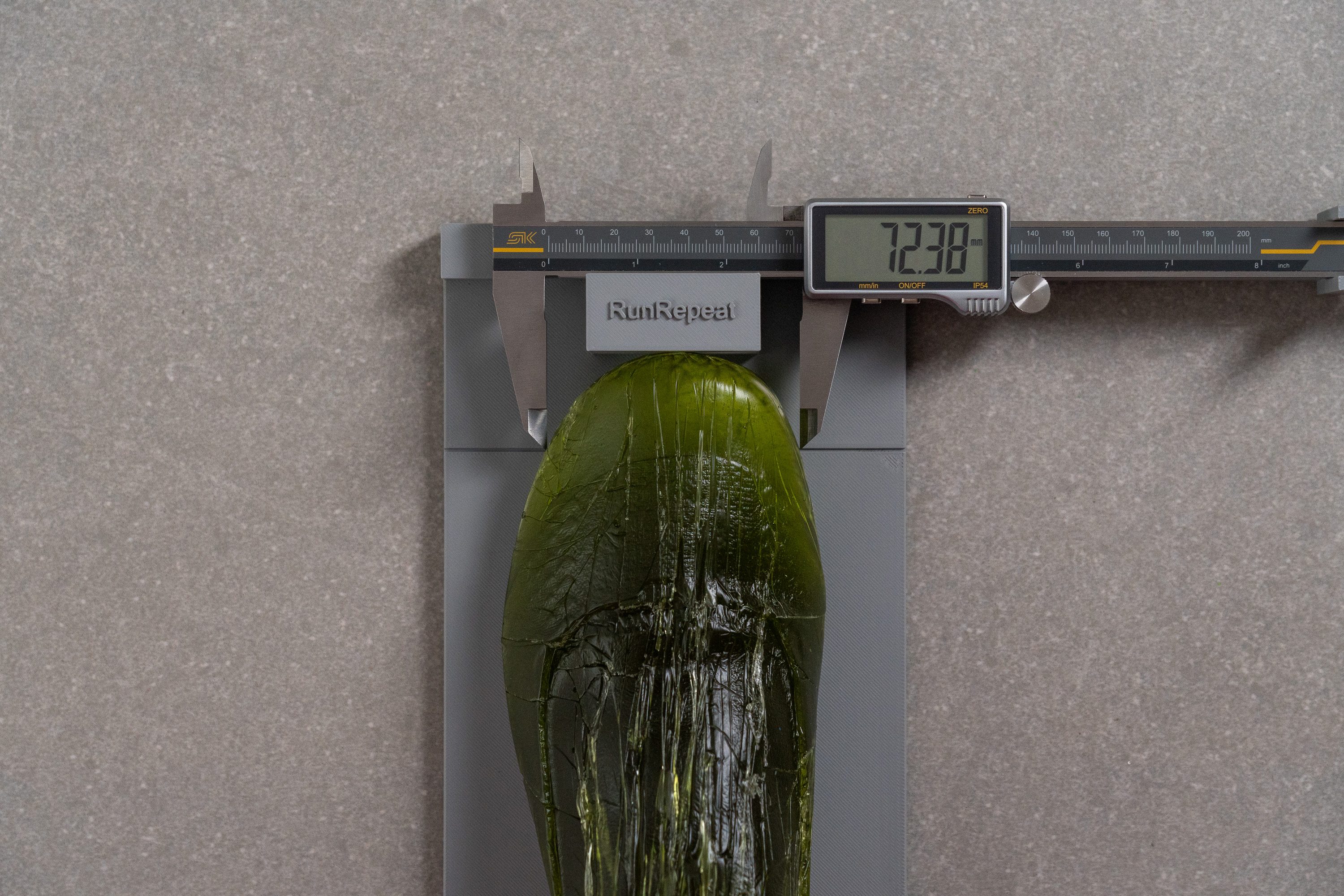
| S/Lab Ultra Glide | 72.4 mm |
| Media | 74.6 mm |
Altura de la parte delantera
An upper that sits close to the toes isn’t everyone’s favorite.
Some runners enjoy the secure, snug feel, but others may find the constant pressure uncomfortable. With just 21.5 mm of toebox height, this shoe can definitely be tricky for many.
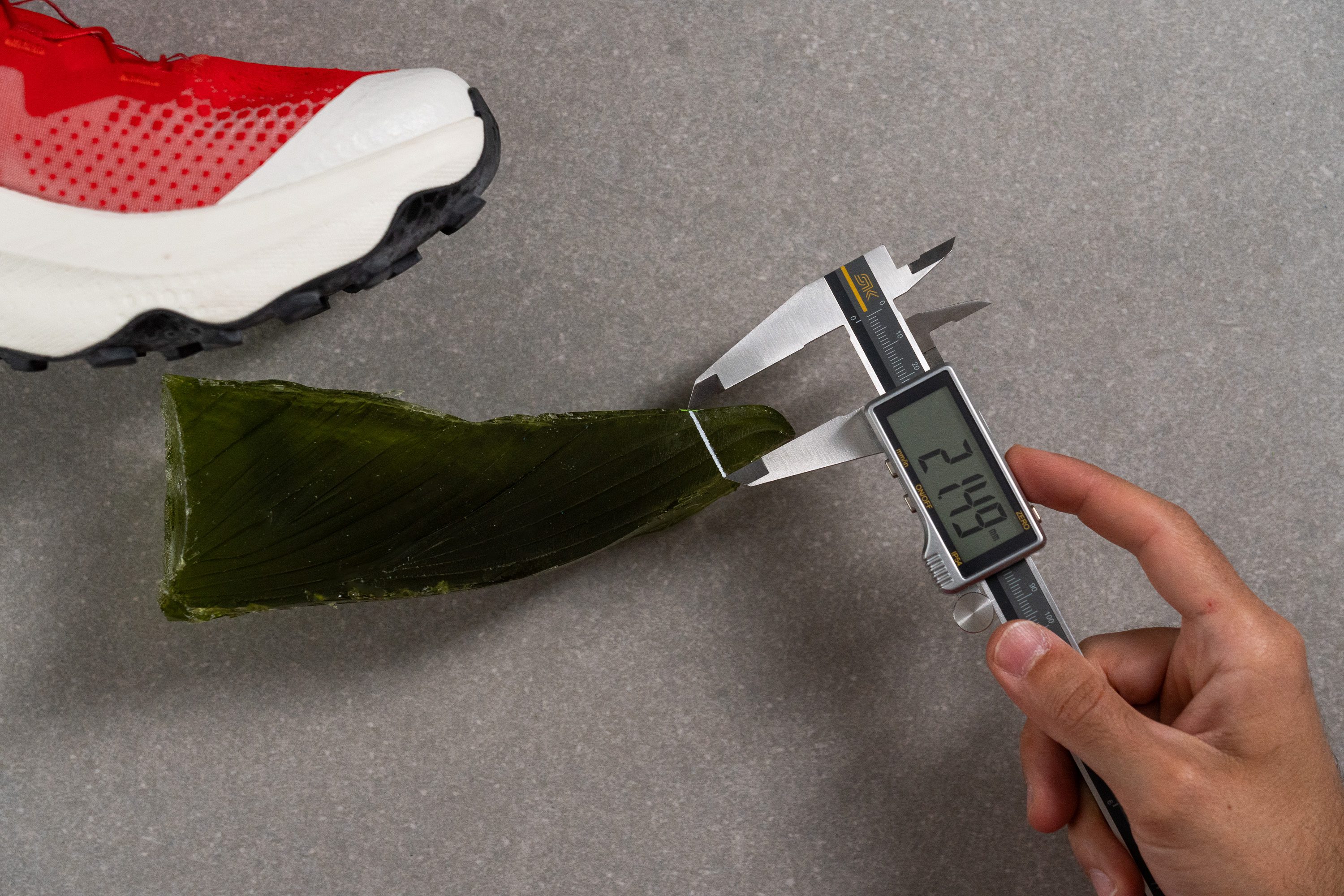
| S/Lab Ultra Glide | 21.5 mm |
| Media | 27.0 mm |
Tracción / Agarre
Tracción en el antepié
We found that the S/Lab Ultra Glide returned a solid 0.57 traction score, which is more than enough for runners using it on the easy terrain it’s designed for. It fits the gravel-focused profile perfectly.
| S/Lab Ultra Glide | 0.57 |
| Media | 0.60 |
Profundidad del dibujo de la suela
Salomon clearly designed this shoe for non-technical trails and dry terrain, as the arrow-shaped lugs measure a moderate 3.2 mm in depth.
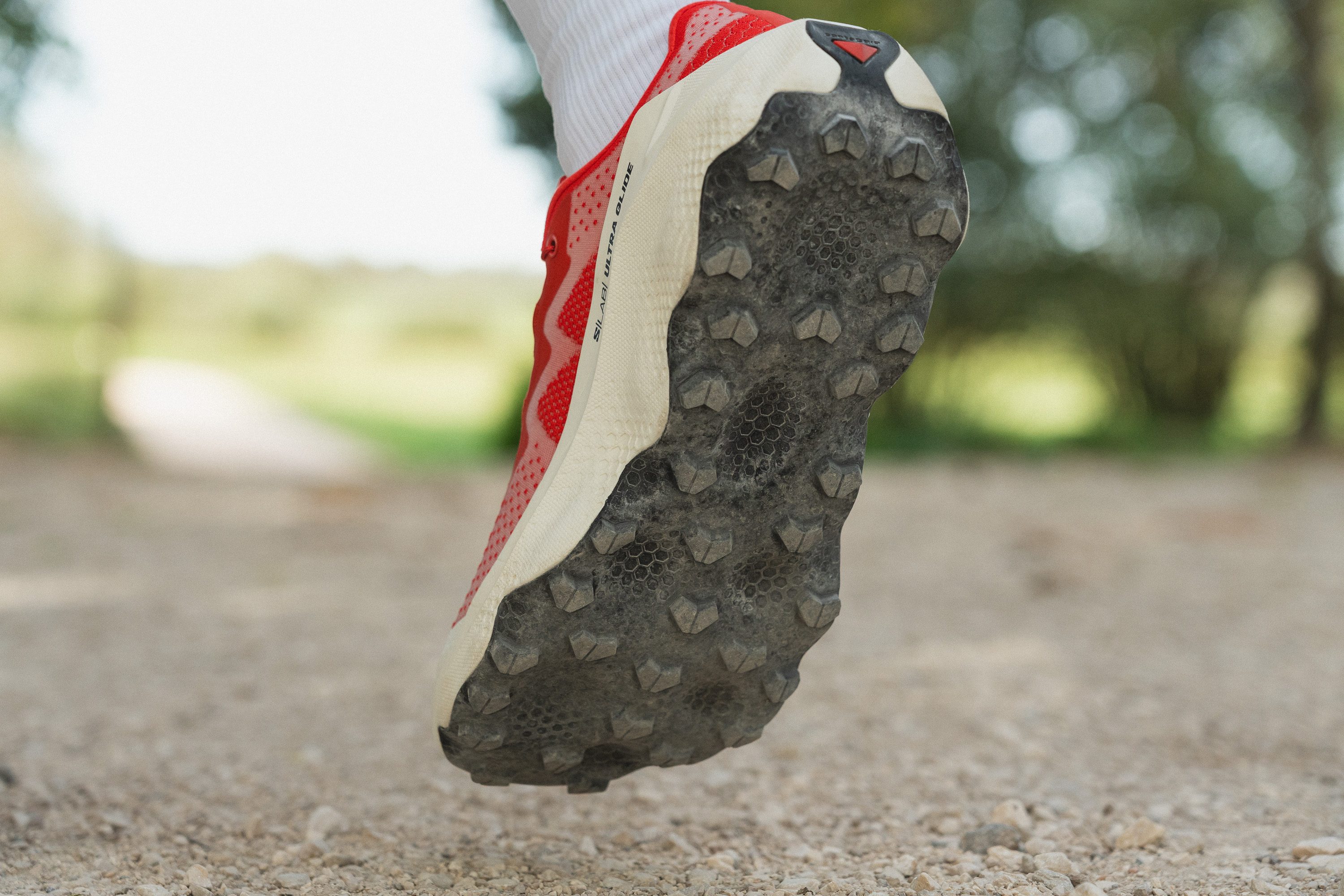
In our opinion, it’s a smart choice because most ultra races don’t demand deep lugs and actually benefit from shallower ones.
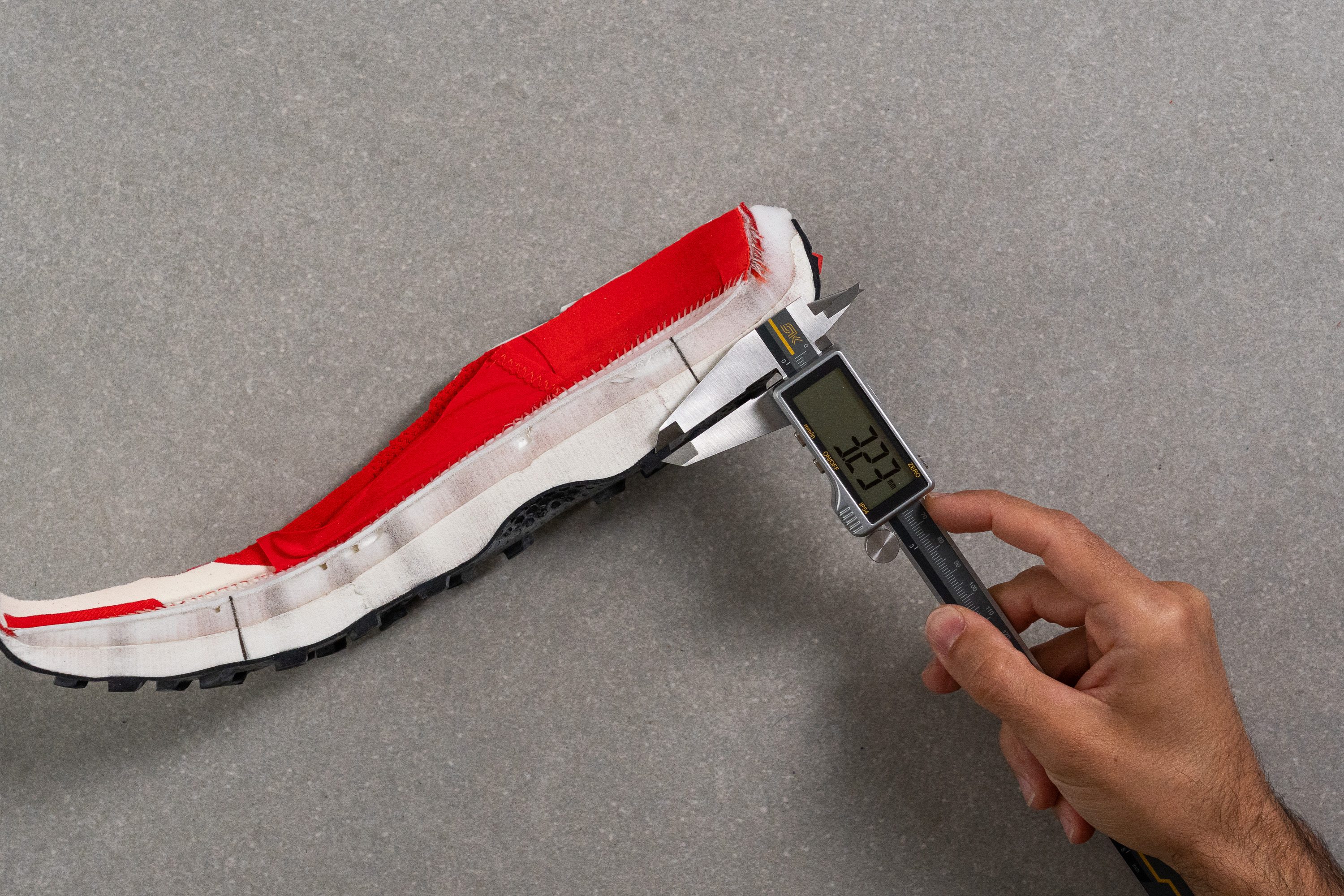
| S/Lab Ultra Glide | 3.2 mm |
| Media | 3.5 mm |
Diseño de la suela exterior
The outsole features the relieveSPHERE system—which we’ll analyze in detail too—and provides full-length rubber coverage, always a welcome sight in a trail shoe built for enduring countless miles.
However, integrating the relieveSPHERE system forced Salomon to remove some lugs, which isn’t ideal.
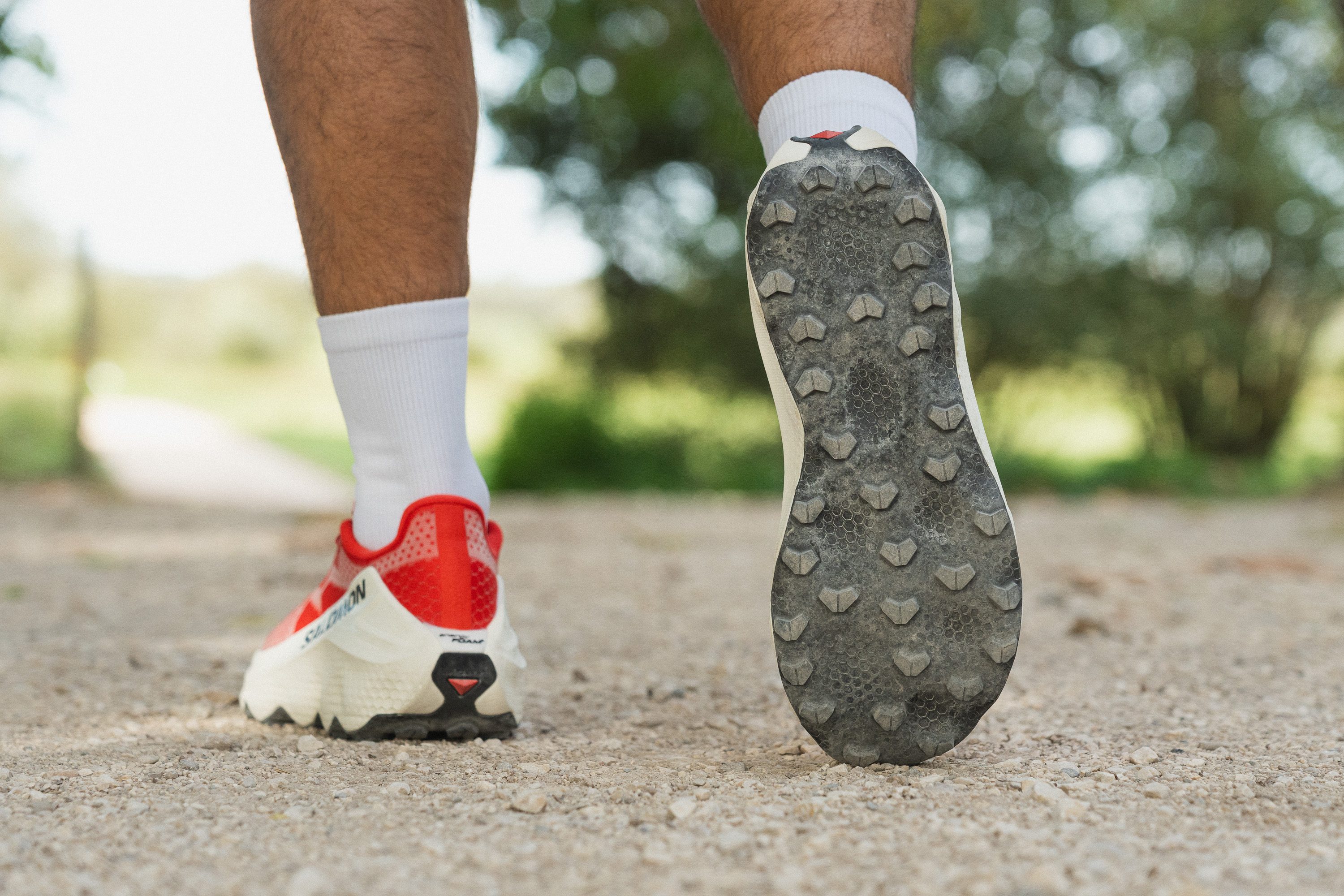
relieveSPHERE
One standout feature that truly sets this shoe apart is its relieveSPHERE outsole technology with those weird-looking concave spots... but is it genuinely helpful or just a gimmick?
Salomon says it’s designed to reduce plantar pressure and ease common hot spots, though we remain somewhat skeptical. Plus, this non-flat design slightly compromise traction compared to traditional outsoles.
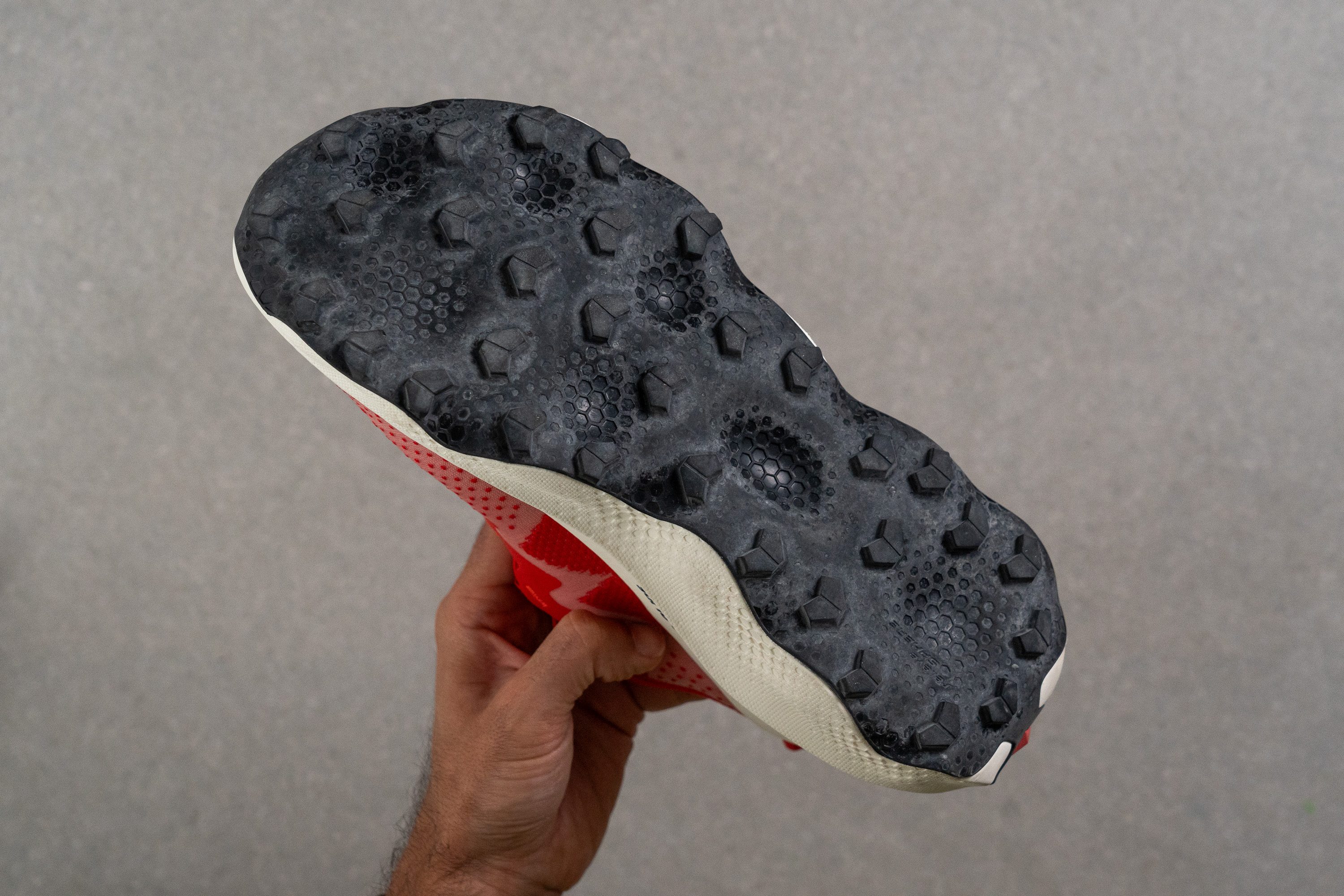
Flexibilidad / Rigidez
Even without a plate, the S/Lab Ultra Glide showed above-average stiffness in our 30-degree lab test, requiring 18.5N to bend. The main reason is its max-stack midsole combined with full-length rubber coverage.
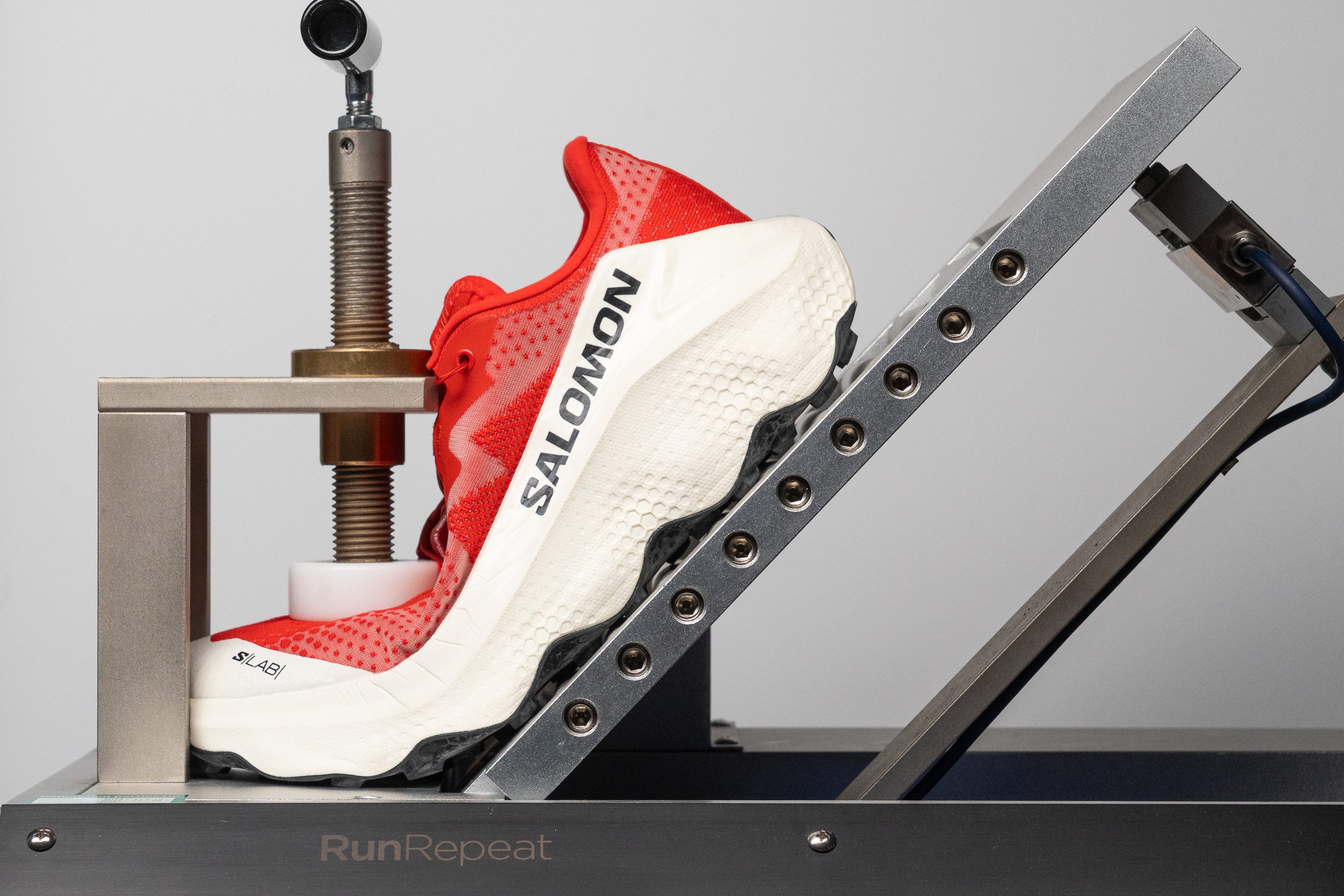
| S/Lab Ultra Glide | 18.5N |
| Media | 14.6N |
Peso
Another major drawback we found with the Ultra Glide is its heavy construction. Tipping our lab scale at 10.75 oz (305g), it feels noticeably weighty on the run, a sensation amplified by its low-bounce midsole.
We believe a full-PEBA midsole could easily cut 10% of the total weight, perhaps even 15-20% with small tweaks like a thinner outsole layer. Maybe for version 2?
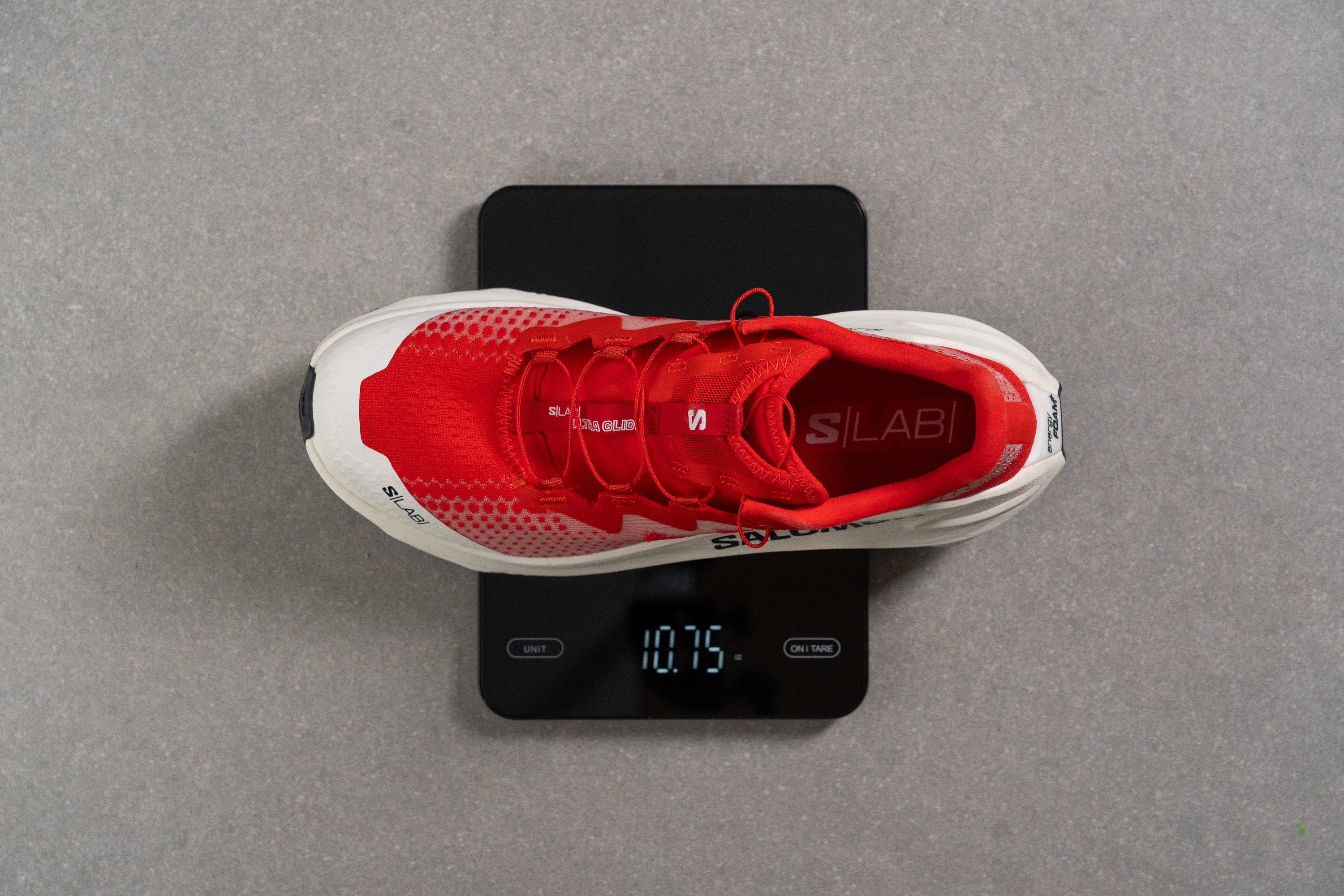
| S/Lab Ultra Glide | 10.8 oz (305g) |
| Media | 10.2 oz (289g) |
Transpirabilidad
We found it quite surprising that Salomon chose not to use the MATRYX upper on the Ultra Glide, especially given its higher price compared to other S/Lab models that do feature it.
Instead, this shoe uses a thick engineered mesh that unfortunately adds weight—it’s clearly heavier than the MATRYX textile—and scored just 2/5 in our breathability test.
Our light test revealed almost no light passing through the upper except for a few tiny holes in the toebox, explaining why it feels great for winter runs but it's not made for summer scorching days.

Under our digital microscope, we confirmed a tightly woven engineered mesh that prioritizes durability over ventilation. It's not a bad trade-off, especially considering that MATRYX can sometimes show early wear and that's a problem for trail running.
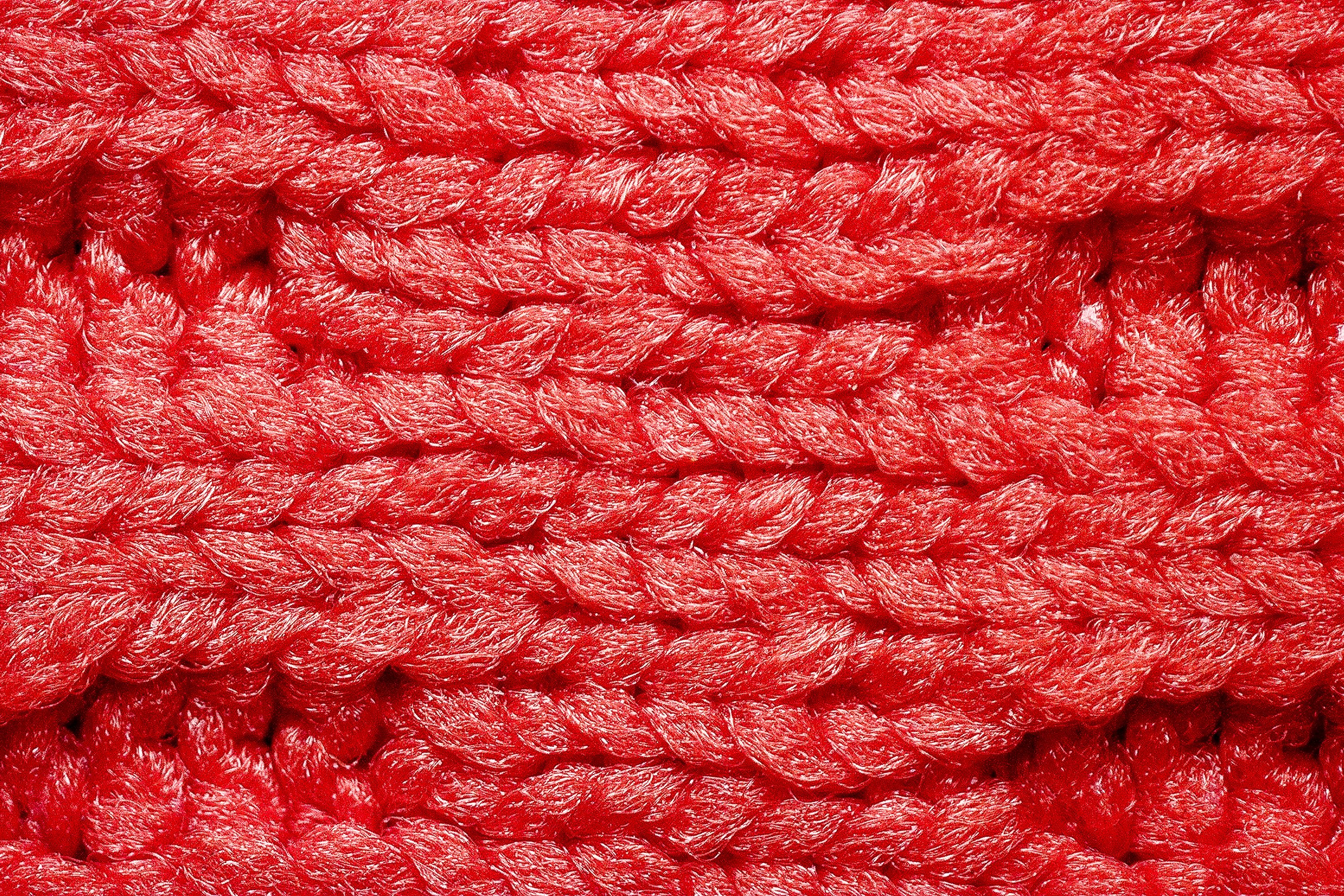
Overall, build quality is outstanding, and the heel padding feels well-executed. Still, if you value airflow and lightweight comfort, the Ultra Glide won’t be your best pick.
| S/Lab Ultra Glide | 2 |
| Media | 3.2 |
Estabilidad
Prueba de estabilidad lateral
We discovered that one reason this shoe comes with EVA foam in the bottom layer is because it forms part of a massive, stability-driven sidewall that controls lateral movement and works great for runners with weaker ankles. And doing so with PEBA is not an option as we explained before.
However, if you dislike that firm, wrap-around sensation or prefer a more natural ride, this isn’t for you. The S/Lab Ultra Glide offers intense ankle support with some of the most impressive sidewalls we’ve ever seen in a running shoe.
Rigidez torsional
The unique design of the S/Lab Ultra Glide featuring the relieveSPHERE system makes it a tiny bit flexible than its massive stack height would suggest, earning a solid 4/5 in our manual stiffness assessment.
| S/Lab Ultra Glide | 4 |
| Media | 3.6 |
Rigidez del contrafuerte del talón
The heel counter enhances stability with a 3/5 rating, working together with the large sidewalls to deliver amazing support for heel strikers.
| S/Lab Ultra Glide | 3 |
| Media | 3 |
Anchura de la mediasuela - antepié
We discovered that one standout aspect of this shoe is how Salomon managed to keep it compact and agile despite its towering stack height, a rare design choice among max-cushioned models.
In the forefoot, we measured a slightly above-average width of 114.9 mm.
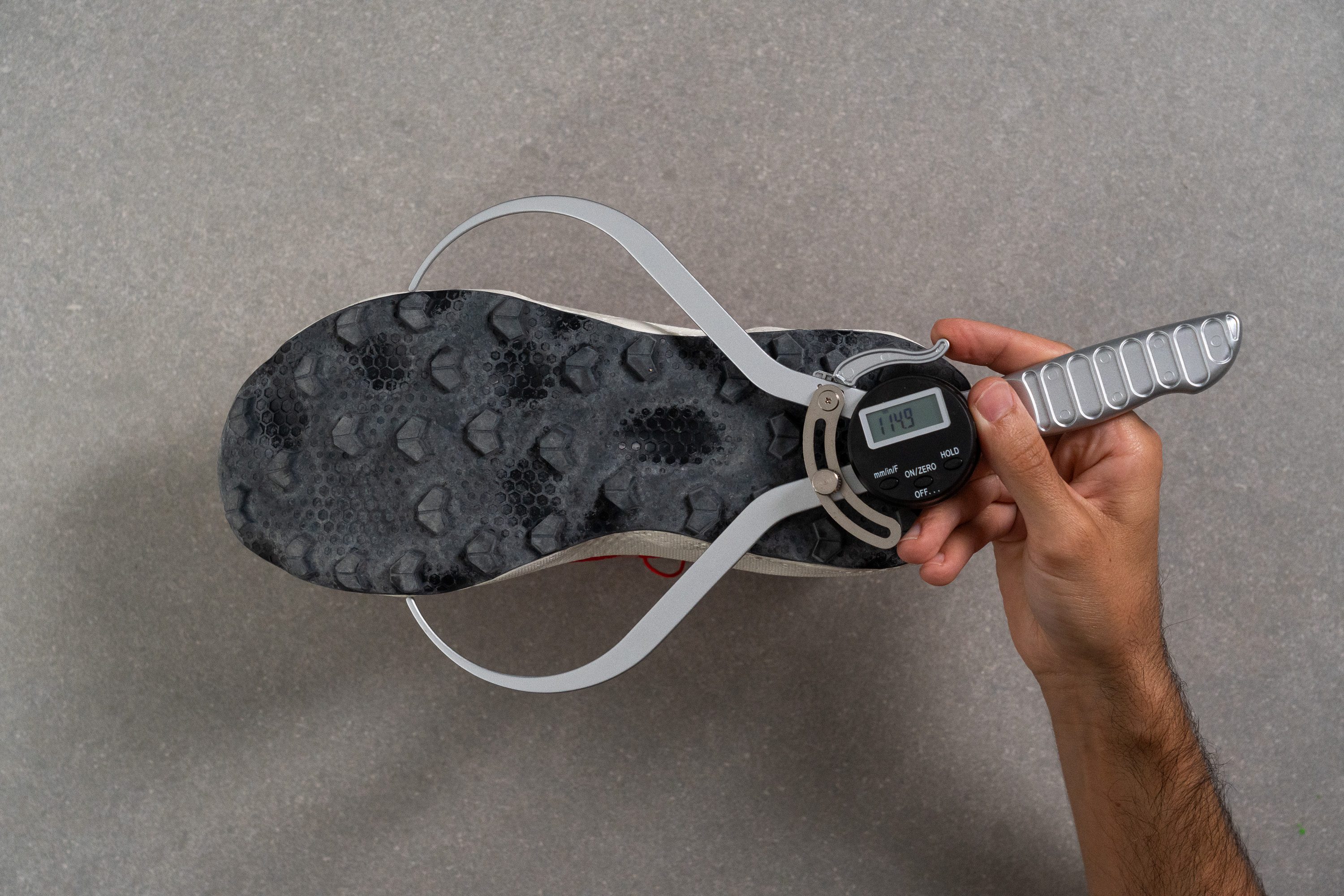
| S/Lab Ultra Glide | 114.9 mm |
| Media | 112.8 mm |
Anchura de la mediasuela - talón
The heel follows the same design philosophy, measuring 92.6 mm in width—again, just slightly above most trail shoes. Still, keep in mind that this model stands much taller than nearly any model.
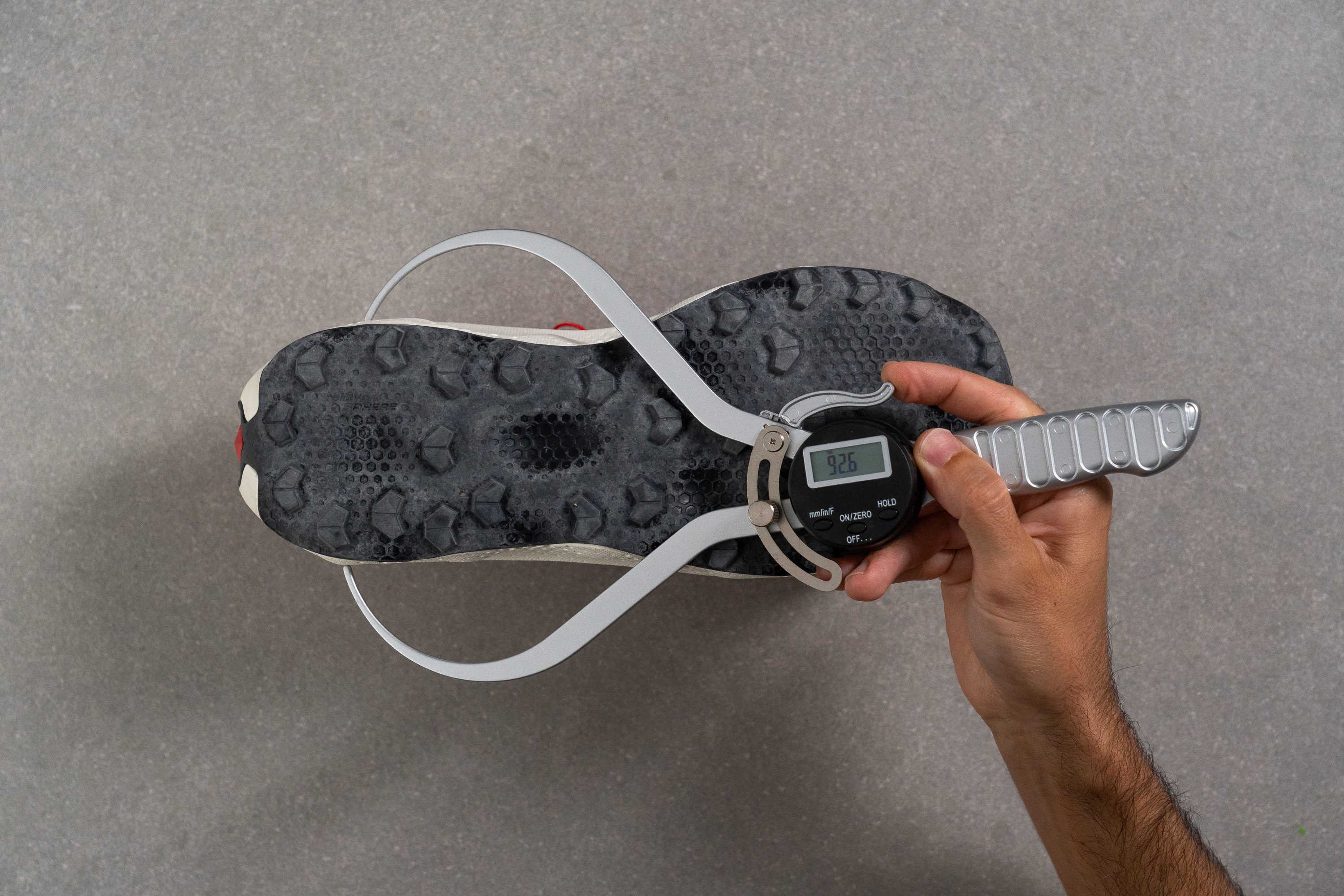
| S/Lab Ultra Glide | 92.6 mm |
| Media | 89.8 mm |
Durabilidad
Durabilidad de la parte delantera
As we anticipated from our breathability inspection, this mesh clearly outperforms MATRYX in durability. Scoring 4/5 in our test, it demonstrates impressive abrasion resistance and solid long-term reliability. And the protection of the toe cap is quite impressive too!
| S/Lab Ultra Glide | 4 |
| Media | 3.1 |
Durabilidad del acolchado del talón
The heel padding performed excellently, earning another solid 4/5 score. That’s great news for runners concerned that such a high-priced shoe might show early signs of wear from repeated Achilles rubbing.
| S/Lab Ultra Glide | 4 |
| Media | 3 |
Durabilidad de la suela
To wrap up the impressive durability findings, the Contagrip outsole delivered an outstanding performance: only 0.4 mm of material disappeared after we lifted the Dremel. Awesome news!
| S/Lab Ultra Glide | 0.4 mm |
| Media | 0.9 mm |
Grosor de la suela
We’ve seen a wide range of outsole thicknesses across Salomon shoes, from lightweight 1 mm builds to sturdier 2 mm ones. Here, Salomon chose a balanced 1.5 mm setup, which makes sense since the maximalist stack already provides solid underfoot protection from sharp terrain.
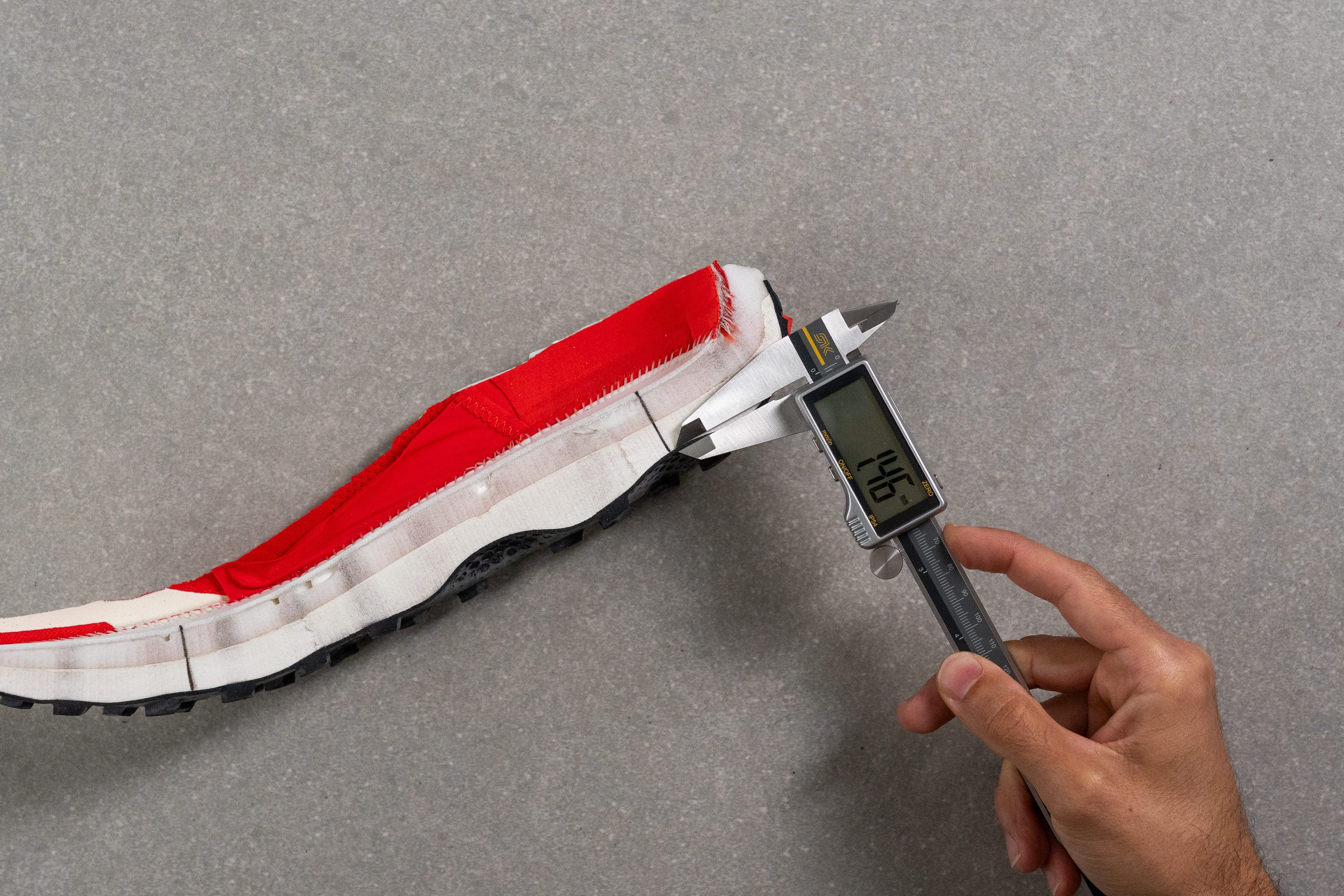
| S/Lab Ultra Glide | 1.5 mm |
| Media | 2.2 mm |
Varios
Grosor de la plantilla
The insole is slightly thicker (5.1 mm) than what Salomon typically includes, emphasizing the Ultra Glide’s focus on long-distance comfort and support.
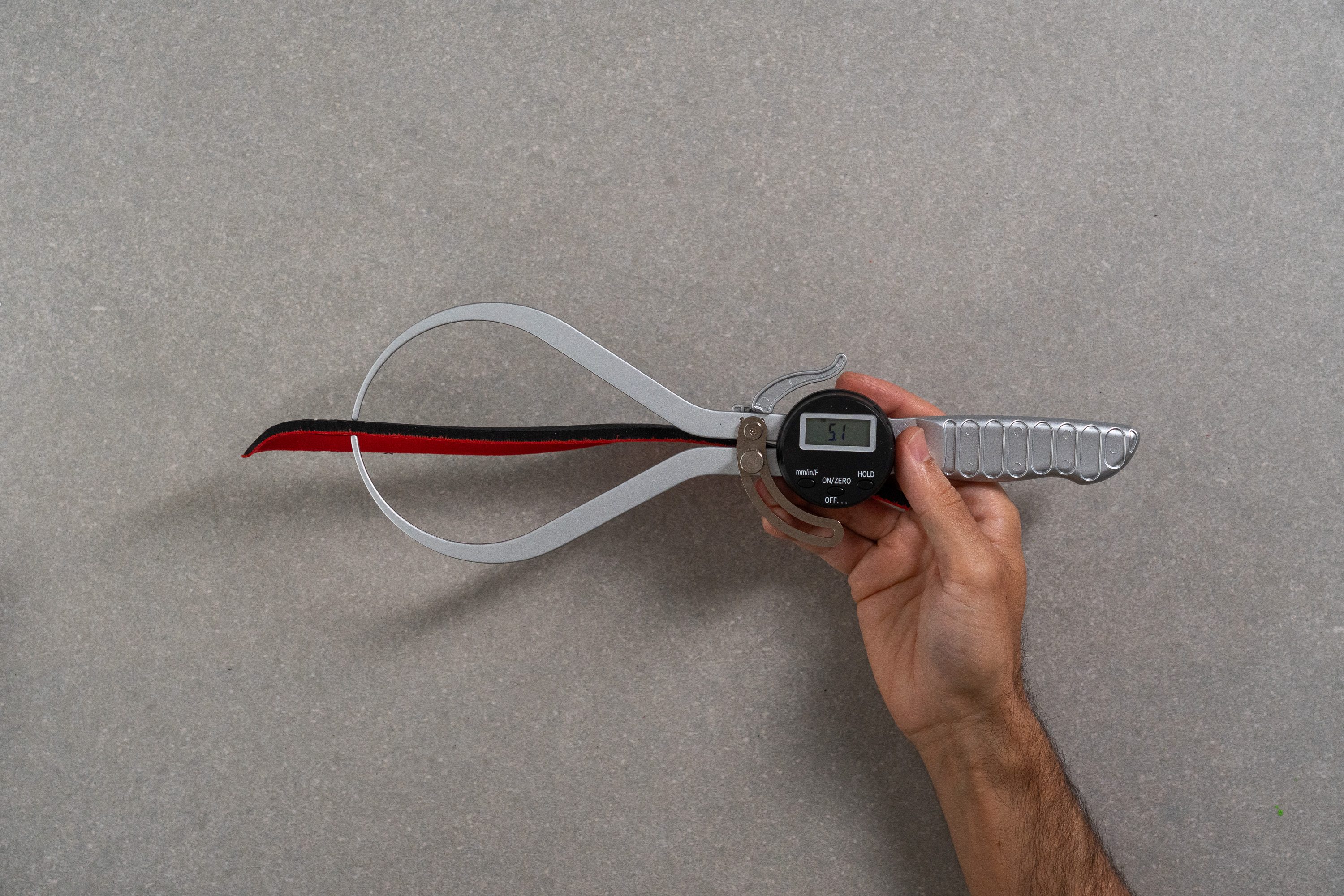
| S/Lab Ultra Glide | 5.1 mm |
| Media | 4.7 mm |
Plantilla extraíble
The insole features a slightly flared heel and small perforations in the arch and forefoot, two details we appreciated. It’s also removable, allowing the use of custom orthotics, which isn’t always possible with Salomon’s S/Lab models.
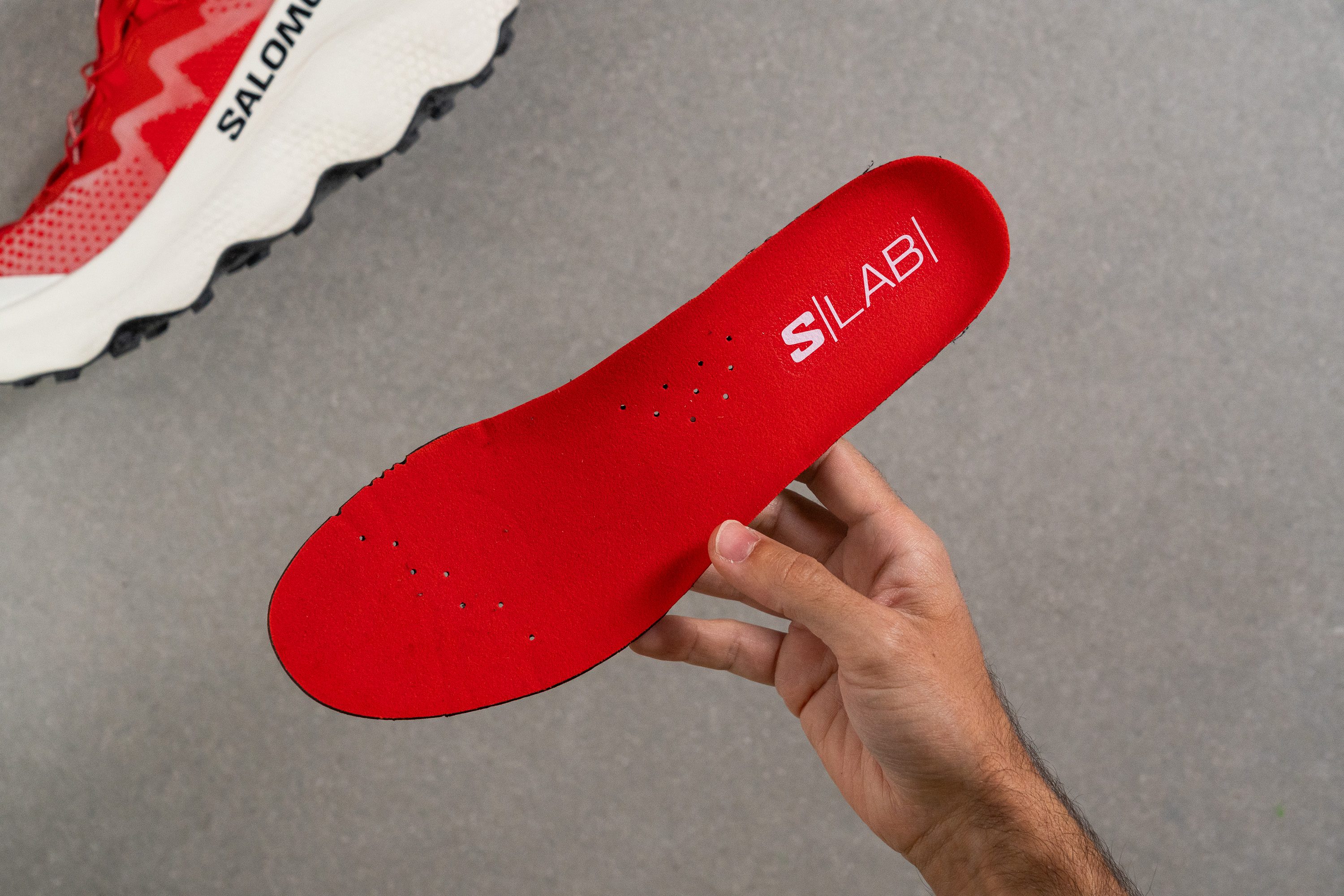
| S/Lab Ultra Glide | Sí |
Rigidez de la mediasuela en frío (%)
Including a layer of PEBA foam brings the advantage of better cold-weather performance. In our test, we observed only a 16% change in softness after leaving the shoe in the freezer for 20 minutes.
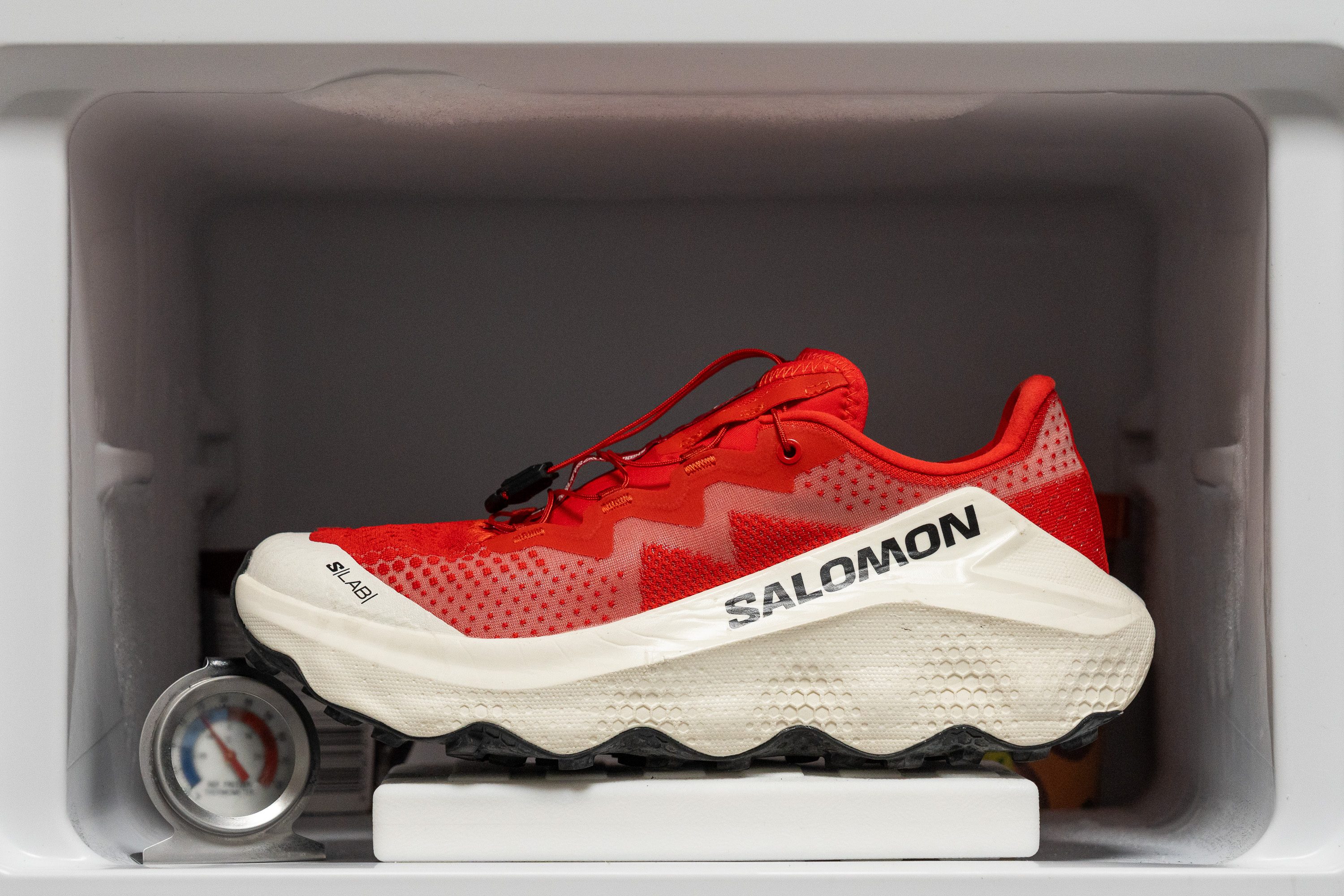
| S/Lab Ultra Glide | 16% |
| Media | 26% |
Elementos reflectantes
Sadly, Salomon once again skipped adding reflective details to the Ultra Glide. This a pattern that has become quite common for the brand in recent S/Lab releases, like the Pulsar 4.
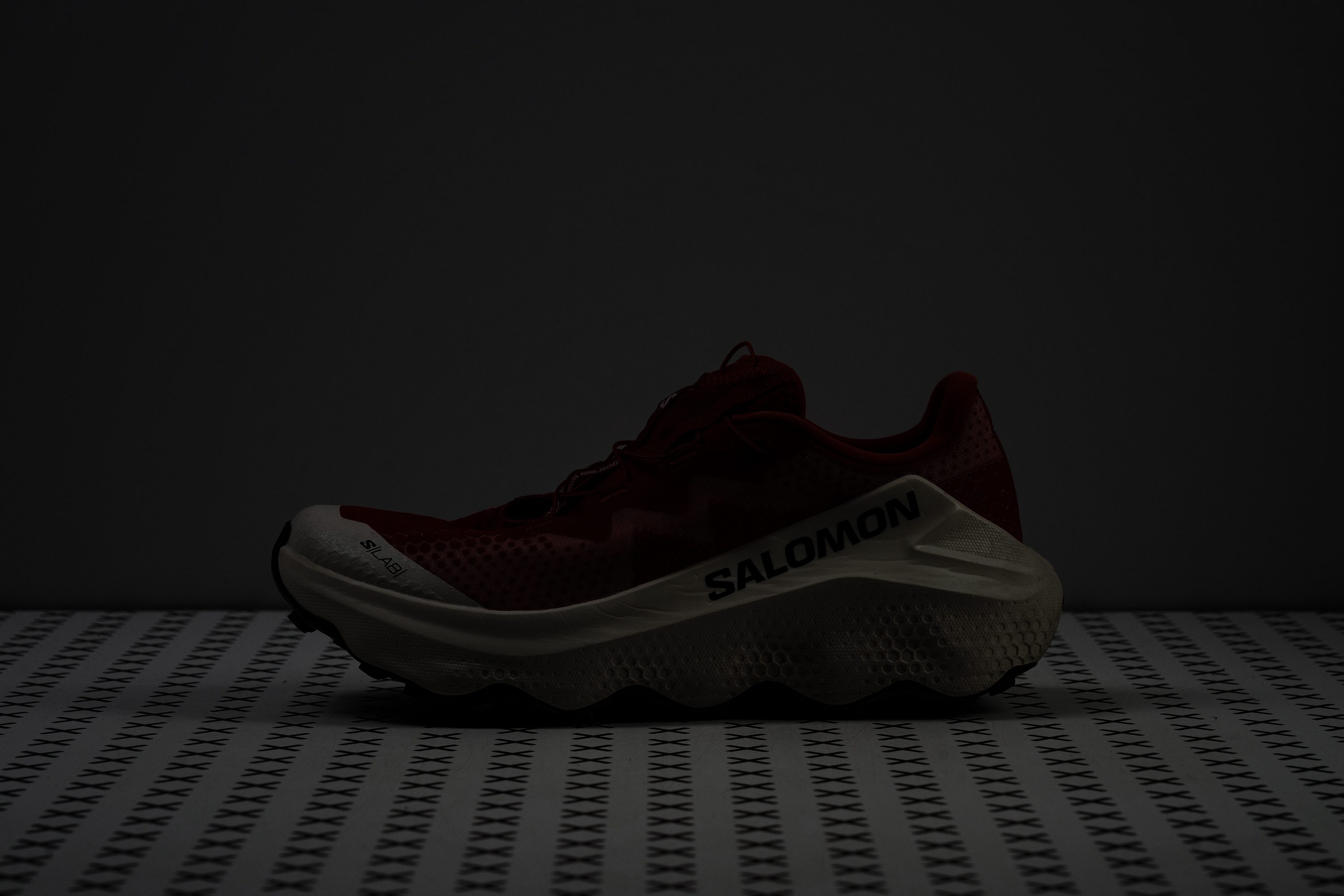
| S/Lab Ultra Glide | No |
Acolchado de la lengüeta
We found that the tongue includes only 4.4 mm of padding, which is below average, yet perfectly reasonable for a competition shoe made for ultra distances.
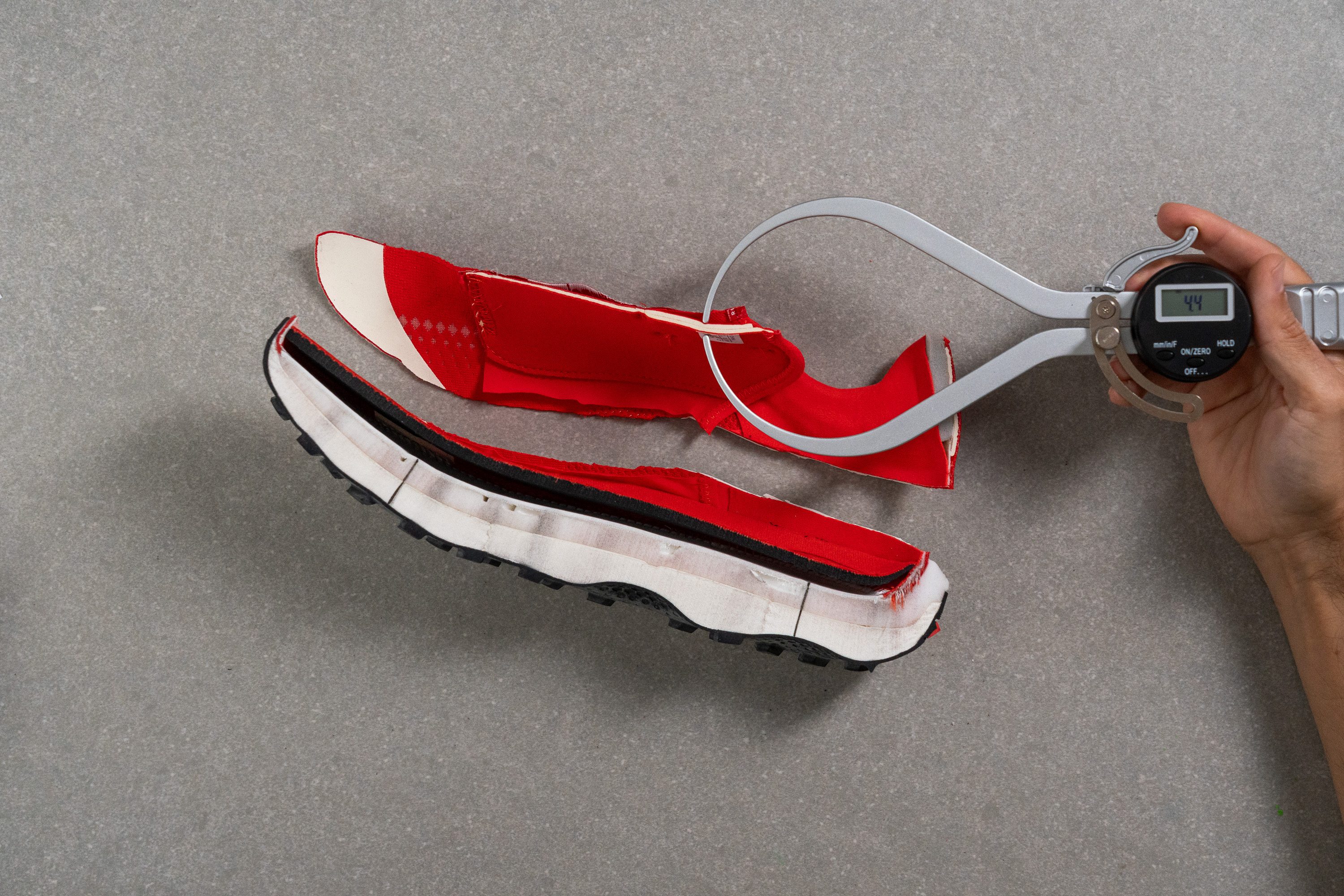
| S/Lab Ultra Glide | 4.4 mm |
| Media | 6.4 mm |
Lengüeta: tipo de refuerzo
The tongue features a fully gusseted design that enhances lockdown while preventing debris from entering the shoe. And Salomon connects the gusset directly to the midsole and wraps it around the insole for a sock-like fit.
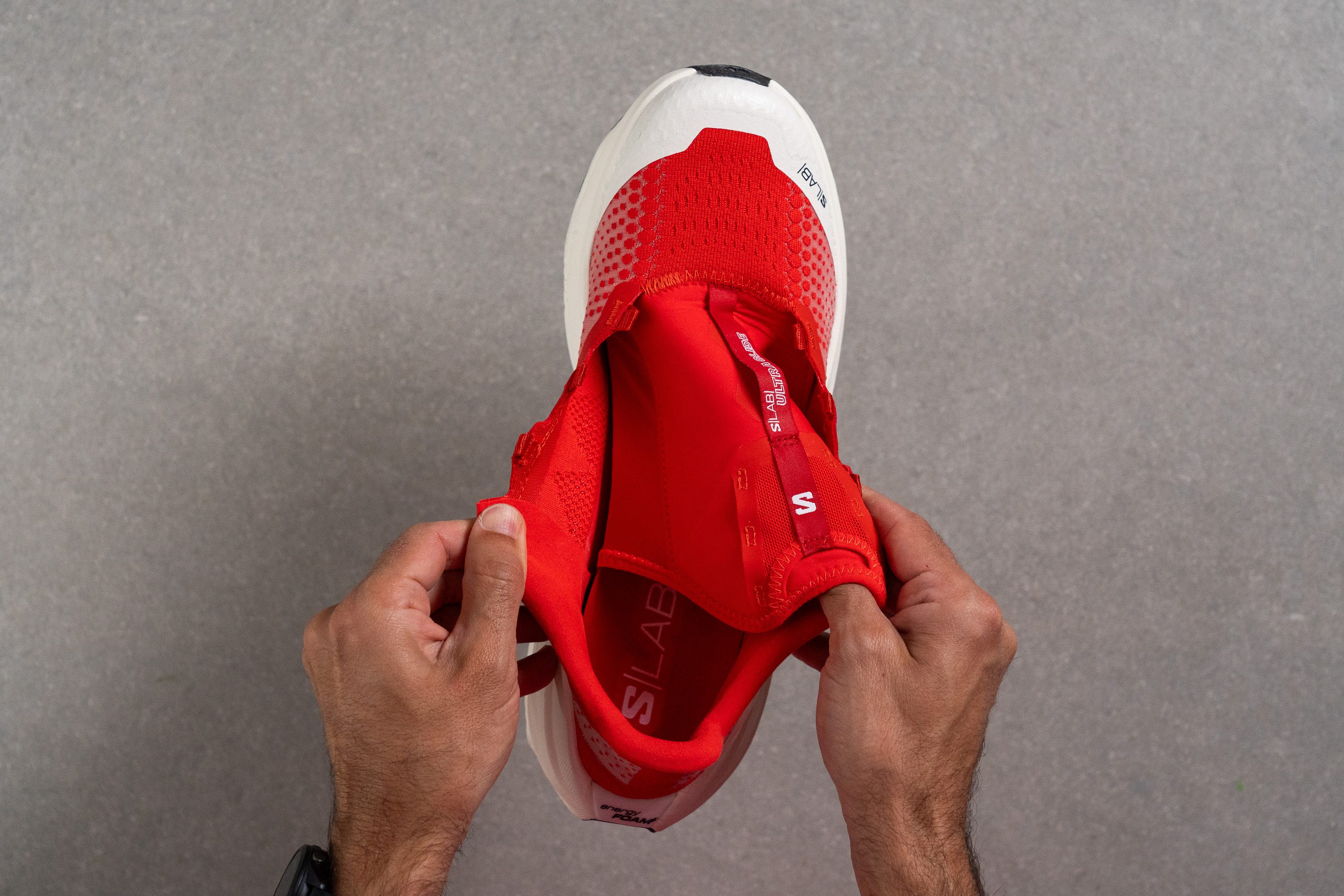
| S/Lab Ultra Glide | Ambos lados (completo) |
Precio
The S/Lab Ultra Glide sits at the top of the price range, and while some of its innovative features help justify the cost, its poor energy return is disappointing and doesn’t align with its premium positioning, something that we believe can could turn away many runners.
| S/Lab Ultra Glide | $250 |
Tirador del talón
In line with recent S/Lab designs, Salomon once again decided to leave out a heel tab entirely.
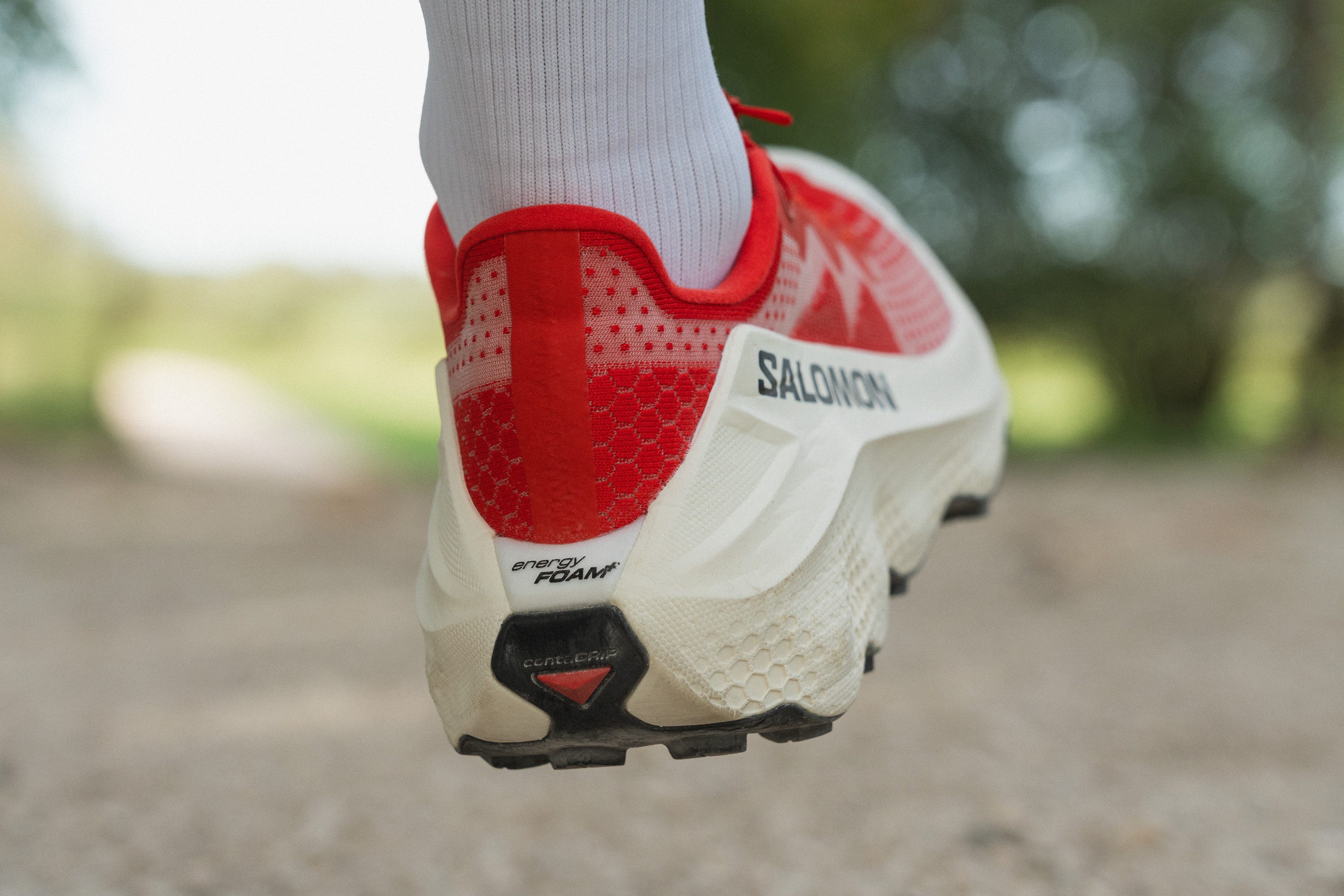
| S/Lab Ultra Glide | Ninguno |
Quicklace
During our tests, we found the QuickLace system to be as smooth as ever. It allows quick adjustments for a secure lockdown and makes slipping the shoe on or off super quick if debris gets inside.

